


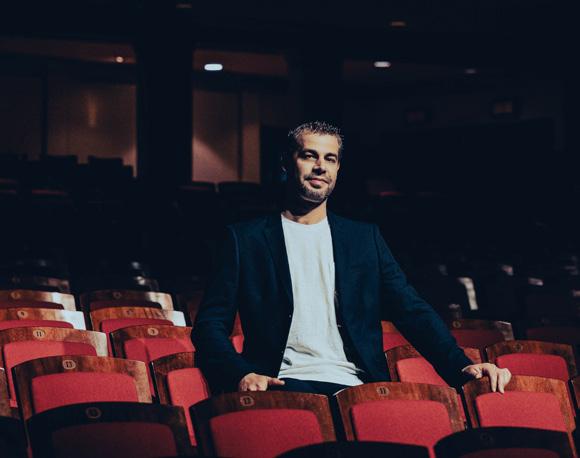

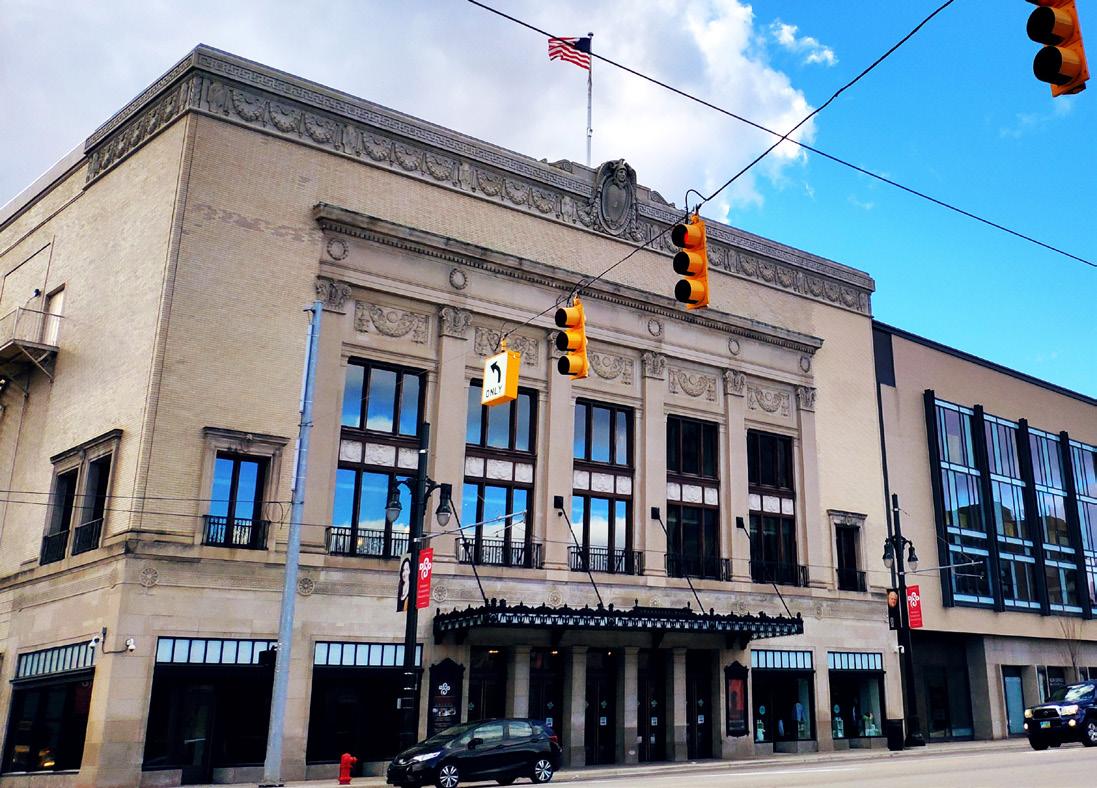










Welcome to the third edition of Sound Effect—an insider’s look at the people, place, and purpose that anchor the Detroit Symphony Orchestra and the cultural destination that is our cherished home: The Max M. and Marjorie S. Fisher Music Center.
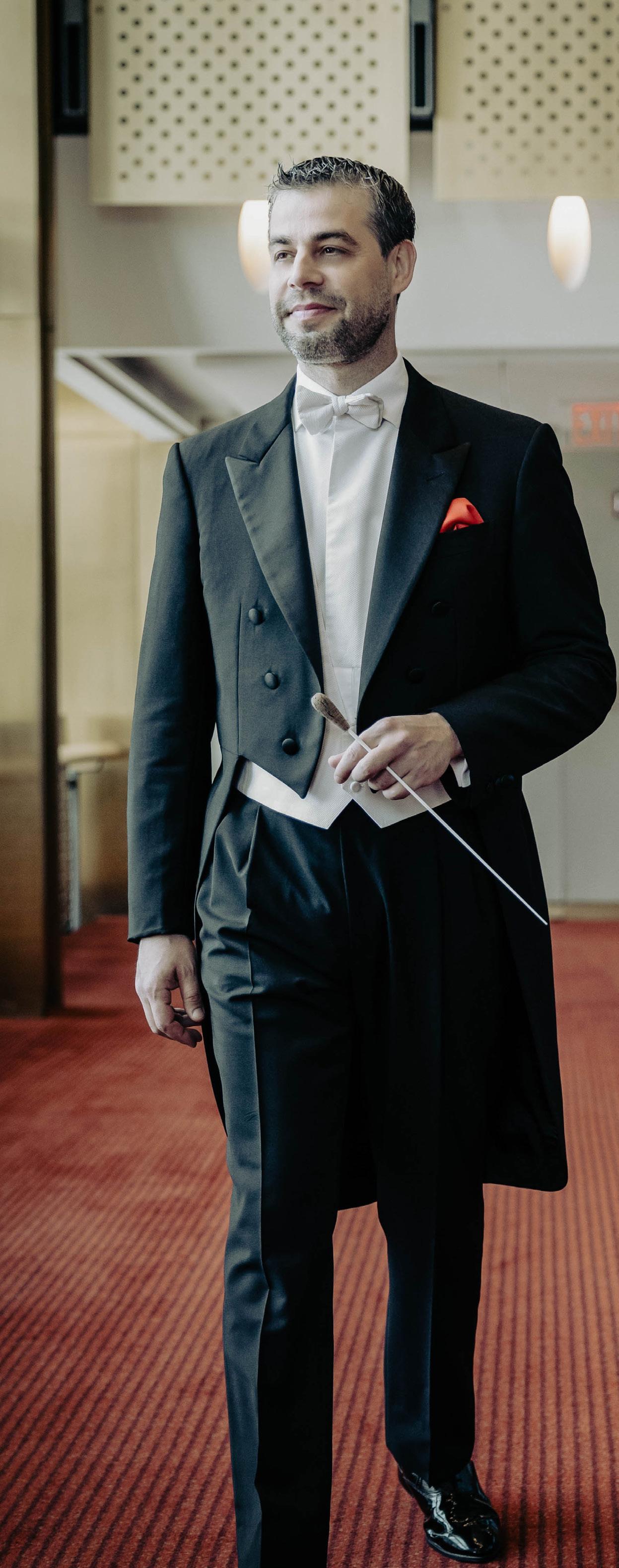
In this issue, our mission, vision, and values shine through in stories told by some of the people who work their magic behind-the-scenes and on the stage to ensure your experience with us resonates. We also offer a visual tour of The Max and look at the people-centered history behind the efforts to sustain the DSO for well over 100 years.
Through years of triumphs as well as those marked by challenge and resilience, all of you—community members, volunteers, patrons, philanthropists, and entrepreneurs— have shown a selfless spirit and the power of collective community impact. Thanks to your dedication and visionary support, 3711 Woodward has evolved into a multi-use campus that is home to not only one of the best orchestras in the world, but also a talent-nurturing hub for educational training programs, and a platform for local and national musicians and artists to express themselves in three venue spaces: Orchestra Hall, The Cube, and Sosnick Courtyard.
Iconic Orchestra Hall is home to the sounds of the classical giants and a stage for composers of today to make their names and talents known across the globe. The hall’s Paradise Theatre years are honored via the Paradise Jazz Series, and our PNC Pops provides a unique perspective on how orchestral music is all around us. The Peter D. and Julie F. Cummings Cube is our black box theater which features provocative and experiential performances from local and national talent; and Sosnick Courtyard, our outdoor venue, mirrors the sonic energy and multidisciplinary programming of The Cube. Because of your stewardship, we are forward-moving, inviting all to explore, connect, and discover amazing things within these walls and throughout the city.
Two words and one directive—THINK BIGGER—from Max Fisher to Peter Cummings, propelled this institution forward. The opening of The Max in 2003 fueled an intention to become the gathering place for culture lovers in Detroit and Southeastern Michigan to experience music and storytelling from diverse genres while reflecting the personality of our city. The evolution continues stronger than ever.
Consider this publication as another offering and an extension of our gratitude. We thank you, our DSO community, for your vision, belief, stewardship, and guidance in making this place a historic marker in Detroit’s DNA.
DSO Impact Campaign:


(70% raised of the $75 million goal)


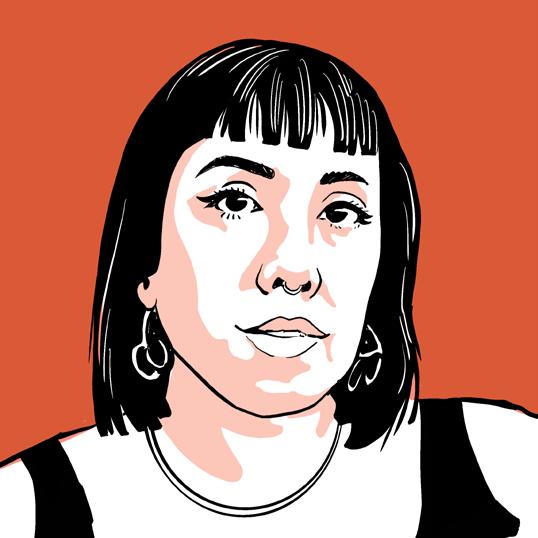


The Max M. and Marjorie S. Fisher Music Center is the epicenter for musical experiences in the heart of Detroit’s Midtown neighborhood—from dynamic concerts and programming to music training, these offerings continue to be sustainable because of the Detroit Symphony Orchestra’s supportive patron and investor community.
The teamwork and collective dedication exhibited daily by staff members—from hospitality and security to the C-suite, educators, and musicians—brings the vision and mission of the DSO to fruition, season after season.

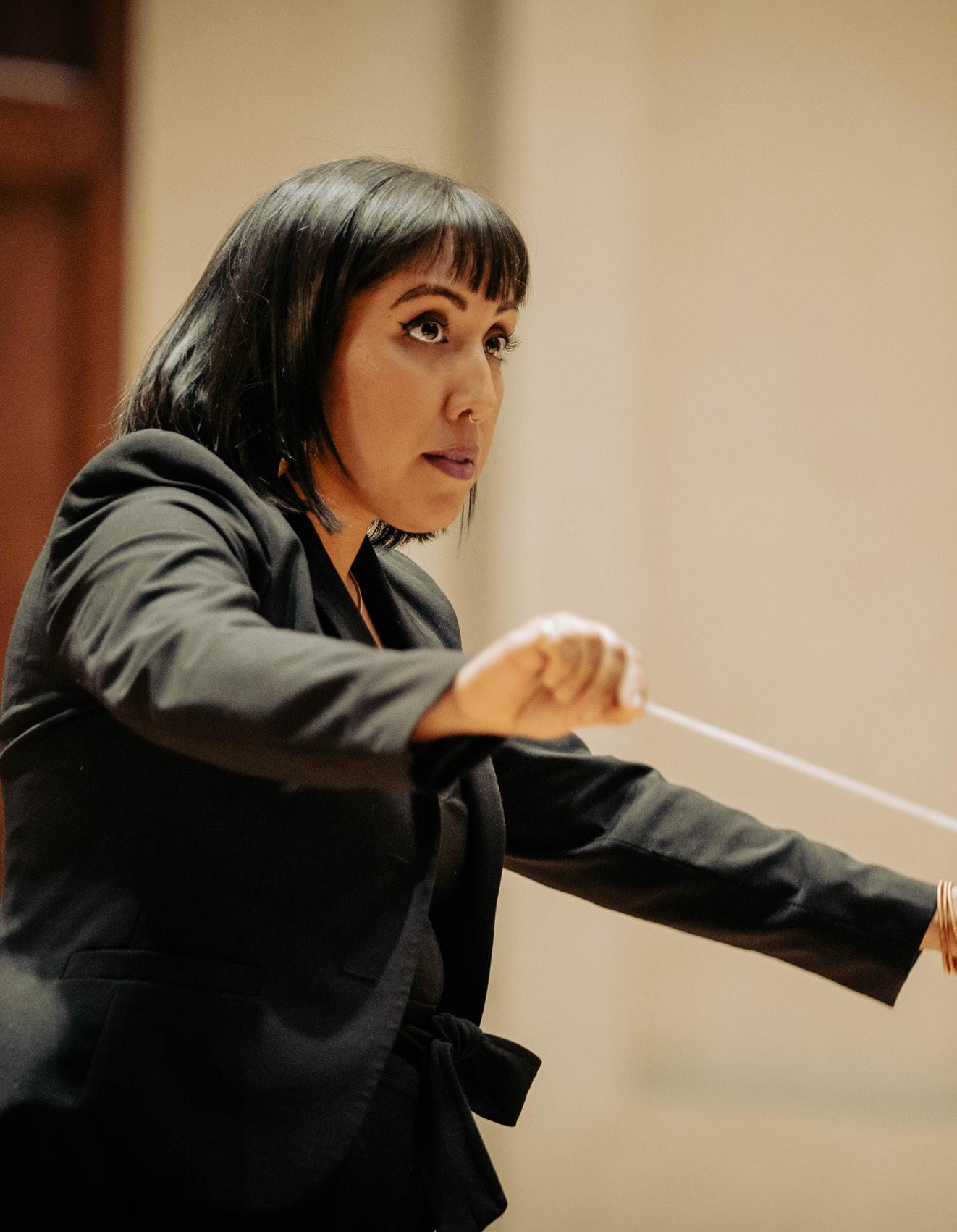
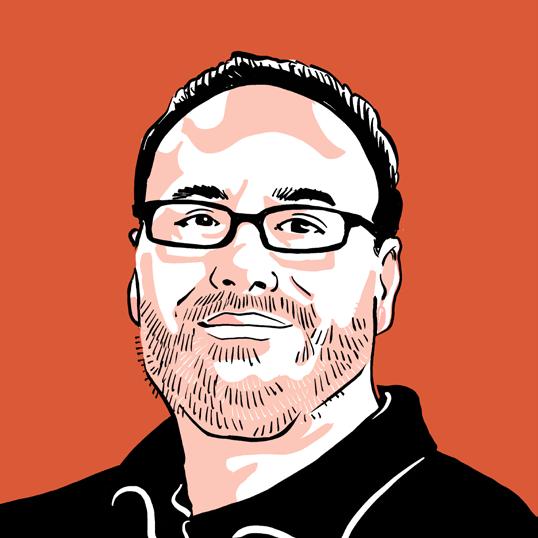
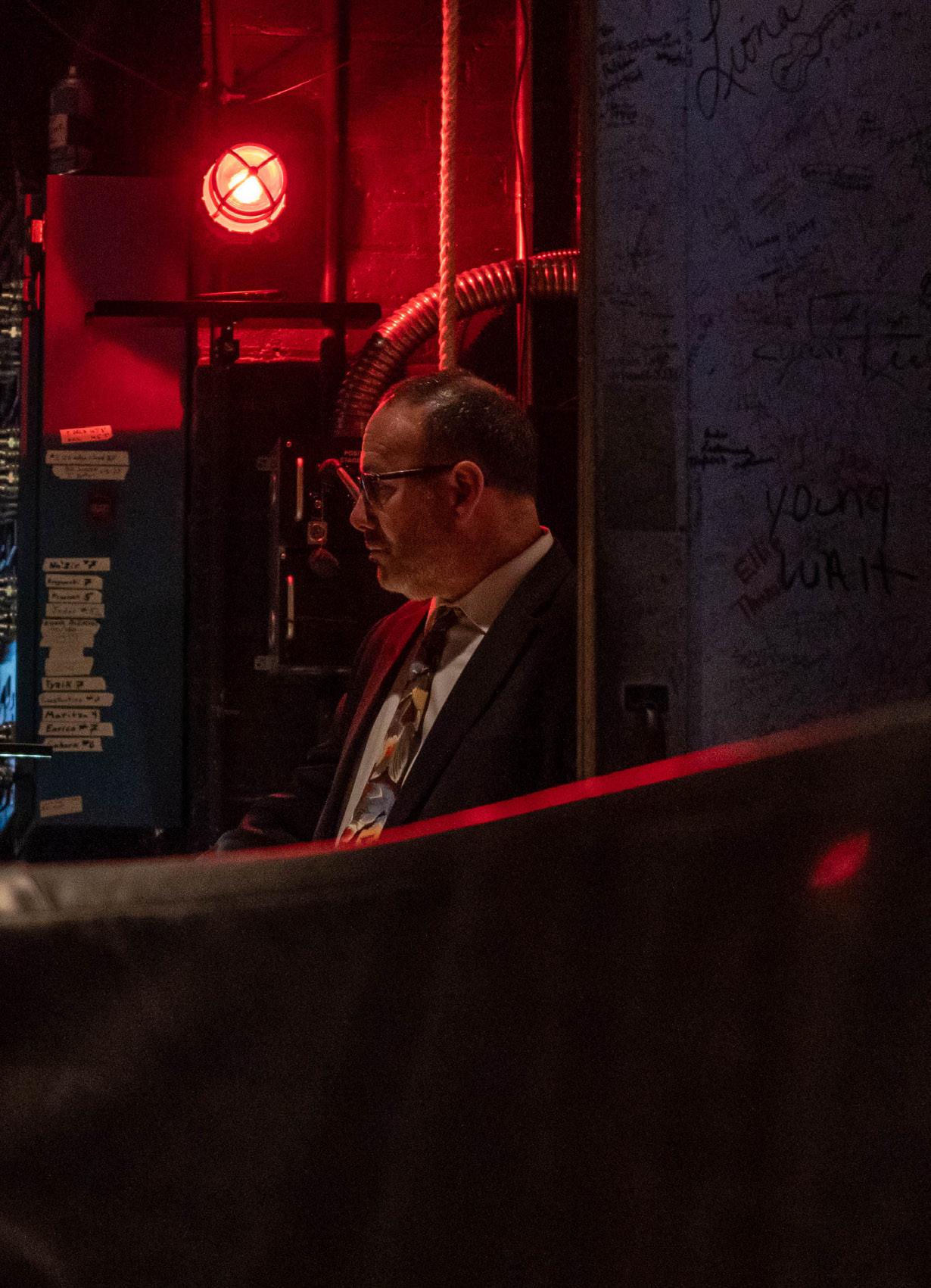
We’re offering you a deep dive into what it takes to run the Max M. and Marjorie S. Fisher Music Center, while building upon the legacy of Orchestra Hall and evolving the quality sound of Detroit’s own symphony orchestra.
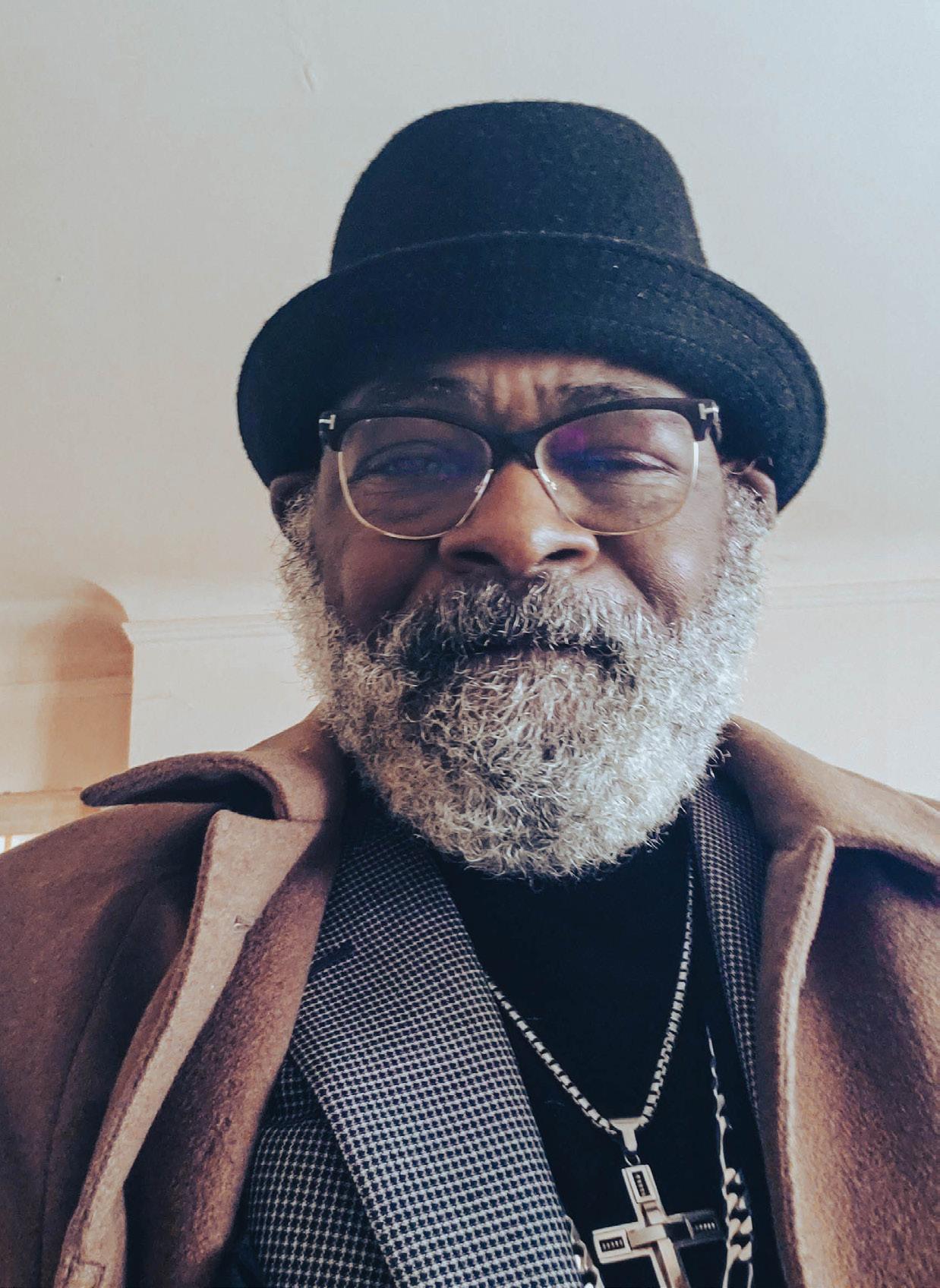

I was the first security guard hired back in ‘89. This building and Woodward Avenue looked totally different. When I would come to work, sometimes I would look around then close my eyes and visualize the stuff that was here before they built all of this [the Max M. and Marjorie S. Fisher Music Center]— and the buildings around here now.
There were two trailers adjacent to where Orchestra Hall is now—one was for security and the personnel manager, and another was a big trailer used as the musicians’ lounge, the orchestra library, and the stage manager’s office. We had all that in two different trailers that were connected. There was a park with benches and that’s where musicians would go out and eat lunch.
When the hall reopened in ‘89, Neeme Järvi was the music director—nicest man in the world you could meet, and the people were excited. The inside of the hall wasn’t done yet. It was just all white, like prime paint; and where the Oval Lobby is now, back then, a lot of computers and other electronics were stacked in there without locks on the doors. My purpose for being there was to make sure everything
was secure and safe. There was a guy who used to serve donuts and coffee to the musicians, and I used to tell him, ‘Man these people, they don’t speak.’ He said, ‘Just give them time—once they warm up to you, you’ll be alright.’ So, I hung in there. It was after we made this trip to Carnegie Hall in New York that the musicians really accepted me with open arms. Carnegie Hall had these doors you had to pull open and that’s where their instruments were, and the security office was down the hall and around the corner. So, they needed me to watch their equipment and their instruments.
After the concert, there was a bar across the street from Carnegie Hall and I went over there with a few of them. Next thing I know, I looked up and I had so many beers in front of me that they bought me. I don’t drink like this, but they opened up to me and we got to know each other on a personal level. Everything just took off after that. I looked at them like family, and still do.
I knew this was the place to be because of the musicians. They gravitated to me just as much as

DSO Security Officer, retired after 34 years of service; Security Supervision (1989-2023); Award-winning Football Coach
I gravitated to them. They make me feel at home when I’m around them, you know. We have fun with one another just talking smack all day. Believe it or not, I played the clarinet and the cello in high school. I didn’t stay in the band too long because football took over—I coach my grandsons now—but I look back and say, if somebody would’ve just kept telling me (to keep at it) like they did with football, maybe I would’ve kept playing; I probably would’ve been a musician. I look at the way they come to work—here are people from all facets of life coming together for one common good, and that’s to play music.
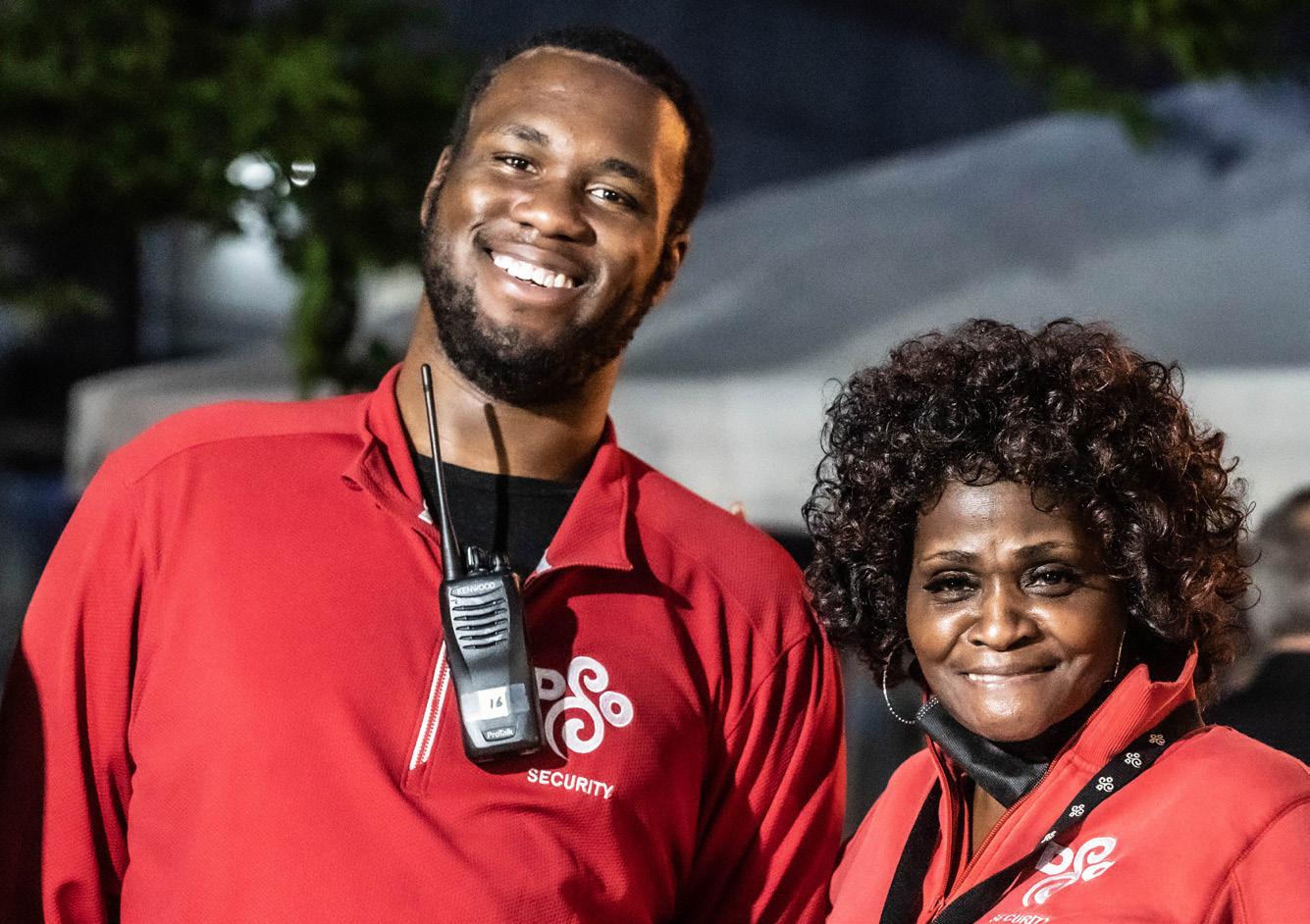
I say all the time, security is important though. We take care of y’all. When I sit behind the desk, I’m dealing with musicians, different committees, packages coming in, people coming to see people. You have to be at your best and address everything that’s coming at you. You’re working with people from all walks of life. You have to be prepared for that.
I wouldn’t have traded this job for anything in the world. It’s an experience. I learned a lot, met a lot of people, and had a blast.
I came to the city in the spring of 1976 and was fortunate to win a position here in Detroit with the orchestra. Certainly, Detroit in the mid-’70s was a lot different than it is today, but the orchestra has always had a great reputation and a strong national image.
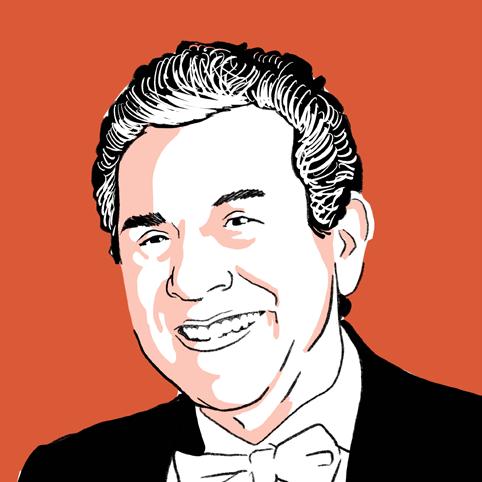
I joined when Aldo Ceccato was music director. After, Antal Doráti became our music director and brought the orchestra a great reputation, lineage, and history. He elevated the performance stature of the orchestra in the ‘70s, made recordings with the DSO, and went on the first European tour with the orchestra—it was a five-week tour and very few orchestras had ever gone on a tour of that length. For the DSO, it was our first tour and there was a lot of push to do something historic. It was successful and a true turning point for the orchestra and the image of the city.
The sound of the DSO has been unique. With Doráti, there was an attempt to bring out a more balanced, bigger sound in many ways, but also a rounder, more high-quality sound. That became enhanced when we moved back to
Assistant Principal Bass; DSO Member since 1976; 1983-1989: DSO Assistant Personnel Manager;2014-2015 season: retired as Orchestra Personnel Manager; music educator

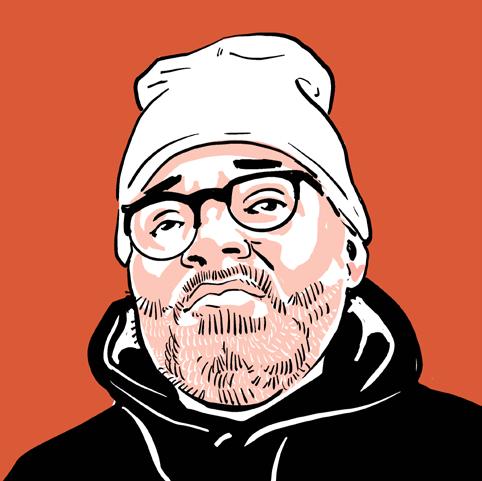
Orchestra Hall after playing in Ford Auditorium, where the sound was very dry and flat. It was difficult to produce a greater quality of sound there.
The quality of musicians that were attracted to the orchestra kept rising through the ‘70s and ‘80s and that richness of sound continued to grow. We’ve always had a great horn section, a very rich brass section, and the string section continued to improve under Doráti, then under Herbig, and Neeme Järvi. Järvi helped to not only make this bloom of sound, but also created more precision. He brought a lot of spontaneity, which I think was absorbed by the audience and they really enjoyed that. Leonard Slatkin continued that tradition. Then here we are with Jader, and he’s expanding the dynamic palette of the orchestra—trying to make the orchestra more sensitive to soft sounds; encouraging patina on the sound of the orchestra.
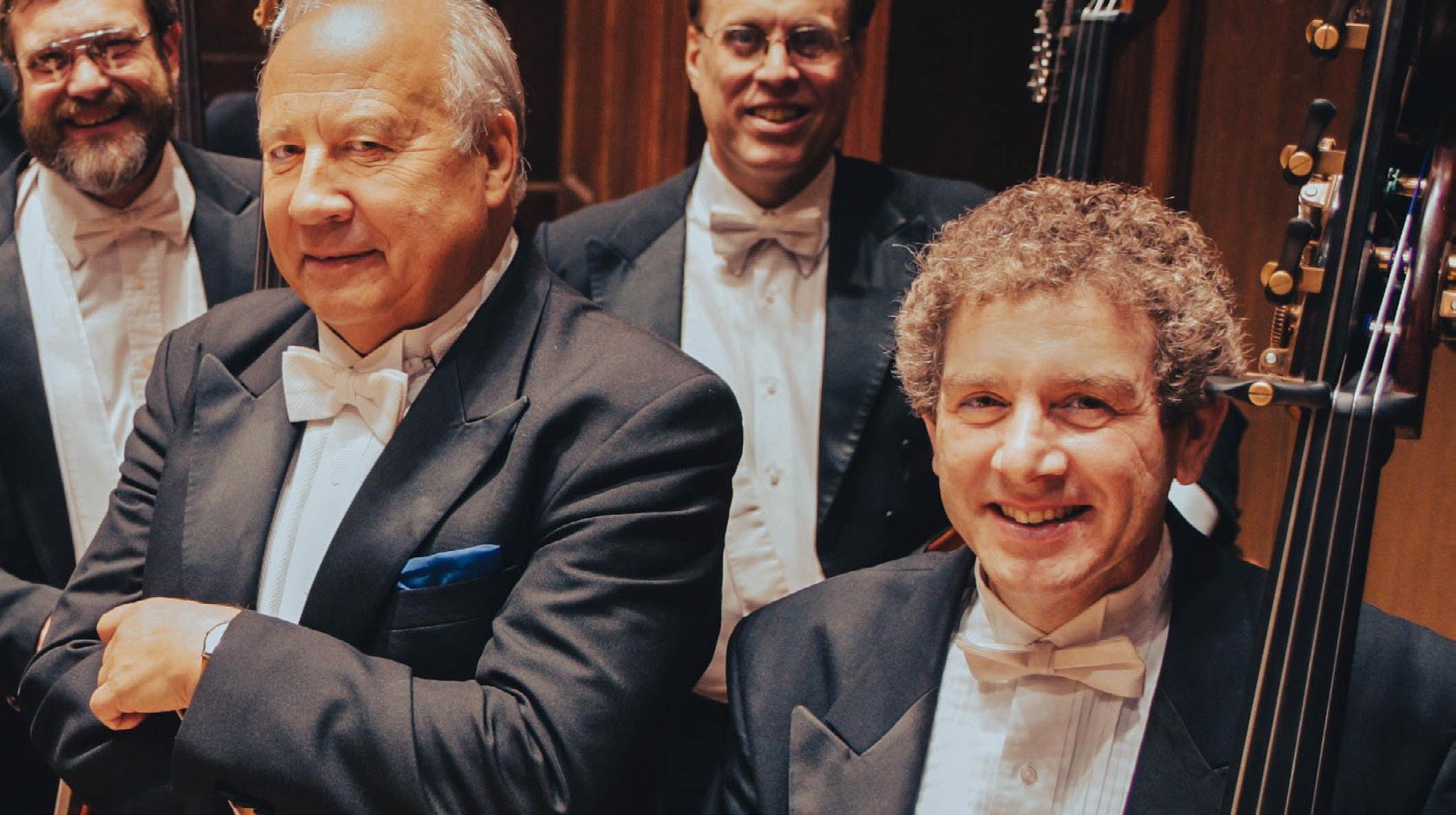
The sound that we as bass players make as a section in the orchestra, that’s what really gets me. When you feel that organ-like cushion beneath your feet, that’s
what really makes it work for me. It’s truly a collaborative effort on stage. And the classical crowd, they’re the bread and butter of the audience. They’re the people that really love the music historically deep down inside. This is a really unique place. When people come into the William Davidson Atrium for the first time, I think they’re floored by it. The elevation of it, the way you can walk around the sides. Then, from above the different floors, look down at it. It’s truly inviting. One of the things that I always love to see—mostly when we play on a Sunday afternoon in the hall—is families coming in with kids; that’s fantastic. To me, any child that wants to come to the hall should come. It’s a blessing to see families do that.
Just as audiences are important, so are the people working behind the scenes. Dennis and the stage crew are in charge and responsible for making everything run smoothly and well. It’s amazing what they do and how hard they work. Without them, we’d be nowhere. God Bless those guys. We’re fortunate to have a great orchestra in this town.
Aldo Ceccato (1973–1977); Antal Doráti (1977–1981); Günther Herbig (1984–1990); Neeme Järvi (1991–2005); Leonard Slatkin (2008–2018); Jader Bignamini (2020–Present) Music Directors During Stephen Molina’s Tenure“SAY SOMETHING GOOD ABOUT SECURITY”
“FABRIC OF THE DETROIT SYMPHONY ORCHESTRA”
I’m a third-generation stagehand. I bounced around the city of Detroit and all over the United States doing theater, rock and roll, touring, movies, and commercials. I was always so excited to get a call for Orchestra Hall as an extra person. It was a tight group of guys, and these were calls that were not really given out to everyone. So, to get a call here was special. I fell in love with this place.
My first call for Orchestra Hall was in the mid-1980s, so before we had the different venues, an education wing, offices, and adequate dressing rooms for the orchestra. Before the additions, we used four ramps to load and get instruments and equipment in and out of this 5x10 foot door that opened to the building. We’d have to carry the spotlights up and down the stairs for every performance that we needed them. It was a lot, but it felt prestigious to be working with the symphony.
My first interview for the stage manager position was around 2014, in the conference room with
DSO Staff since 2015; Stage Crew Manager; third generation stagehand


musicians and staff. My second interview was with Stephen Molina in his office. He was calm and told me to relax. He had a handful of questions, but the big thing for him was how well I’m going to interact with the musicians. The one thing he left me with was this: ‘Most of the time people worry about what’s happening tomorrow or next week; you have to really worry about what’s happening a month to three months out.’ That’s something I’ve really taken to heart.
There are eight stagehands in the crew, and we take care of all the venues here. So, it’s Orchestra Hall, The Cube, Allesee Rehearsal Hall, all of Pincus (education wing), and Sosnick Courtyard. We’re constantly moving. We probably have six events in the building in one day, and we want every concert to start on time and be flawless—from sound and mics to other theatrics on stage. The old stage-hand adage, ‘The show must go on.’
When we have a classical concert, we use a few hanging mics and there’s just a few things to plug in.
Then we do a pops show, and we have to plug in clip-on mics and area mics. We have some lights that can move to any position on the stage and change color. Then we have a jazz show and the whole stage gets blown apart, the risers are flown off stage, and then we have to put everything back after the show.
I’ll put it this way: as the stage crew, we believe that we have to be as perfect as possible for the musicians to be comfortable. When they’re comfortable, they can play to the best of their abilities.
The musicians, when they’re coming off the stage, give you a fist bump or Kurt, the lighting guy, gives a fist bump, those little things mean everything.
I can never give enough kudos to my crew, they work hard, long hours. Being prepared and pulling off multiple shows flawlessly—it’s fun, it’s a challenge, and it’s touching all these different people. The elation is once you reach that goal, turn the lights off, and you’re getting ready to go home at night, you go, ‘Wow. We did it again.
My favorite time of the whole week is Tuesday nights at the hall conducting the Detroit Community Orchestra (DCO). It’s 90 minutes where I get to be on the podium working with musicians from the community who are just excited to be there making music with each other.
There’s a little something for everyone. Every single time I meet a person on the street that’s like, ‘Oh I used to play this instrument back in the day and I haven’t played in this long…’ I’m like, ‘Well go home, get your instrument, and come join the community ensembles. You’ll be great.’
Detroit needs a place to perform, bring communities together, and make new communities in music. As an educator, in performance, and especially in a community context, my purpose is to provide a holistic, nurturing space for people to come together and create. So, it’s a space where every single person can come and feel proud of the work they’re doing.
And they play so beautifully when they’re on the Orchestra Hall stage, because everyone can hear each
other. You could drop a dime and hear it in the back corner. It’s a live, warm sound, and it’s gorgeous. How many opportunities do you have to perform or rehearse on the Orchestra Hall stage? Not that many. So, when people step out, there’s a shift. It’s game time.
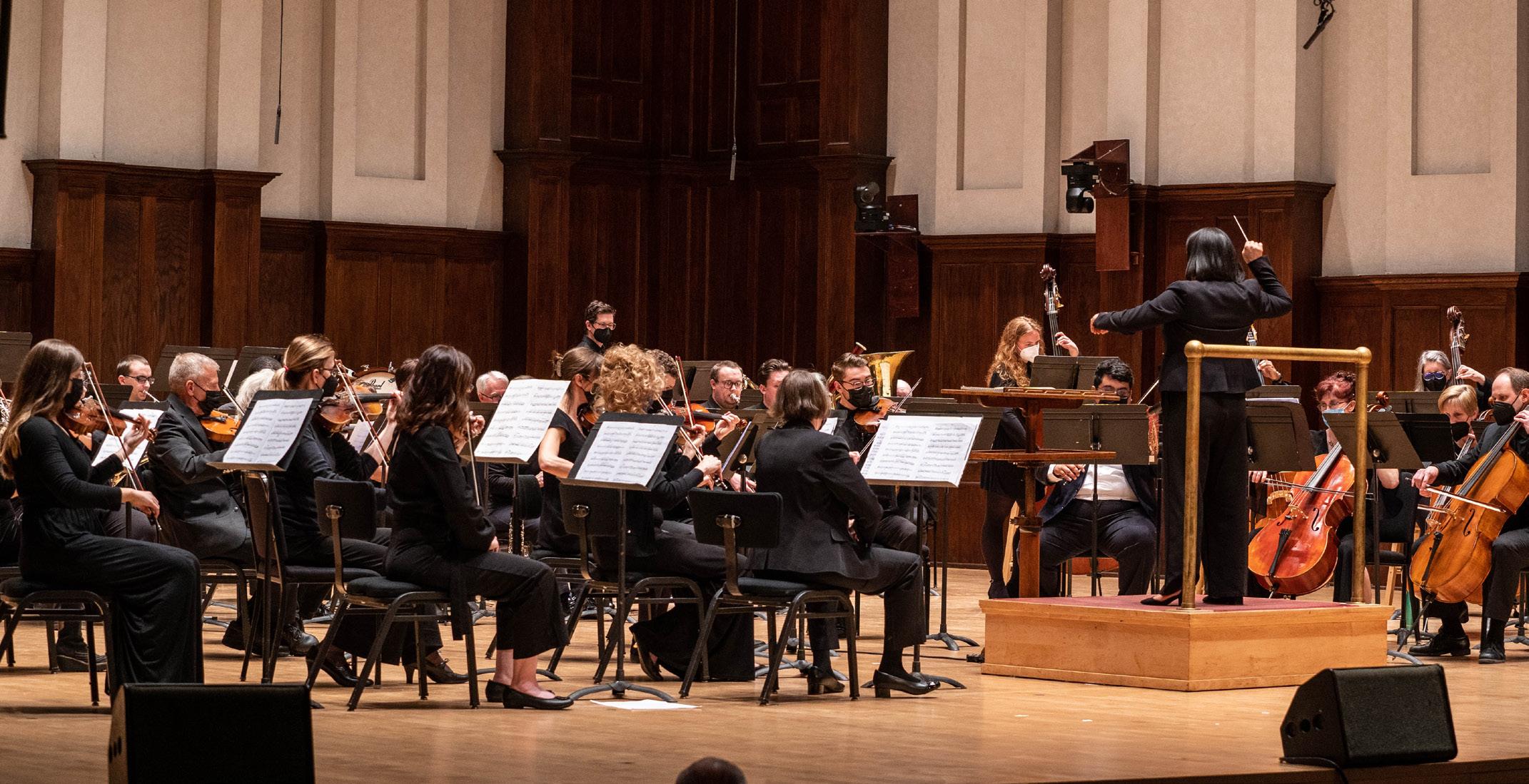
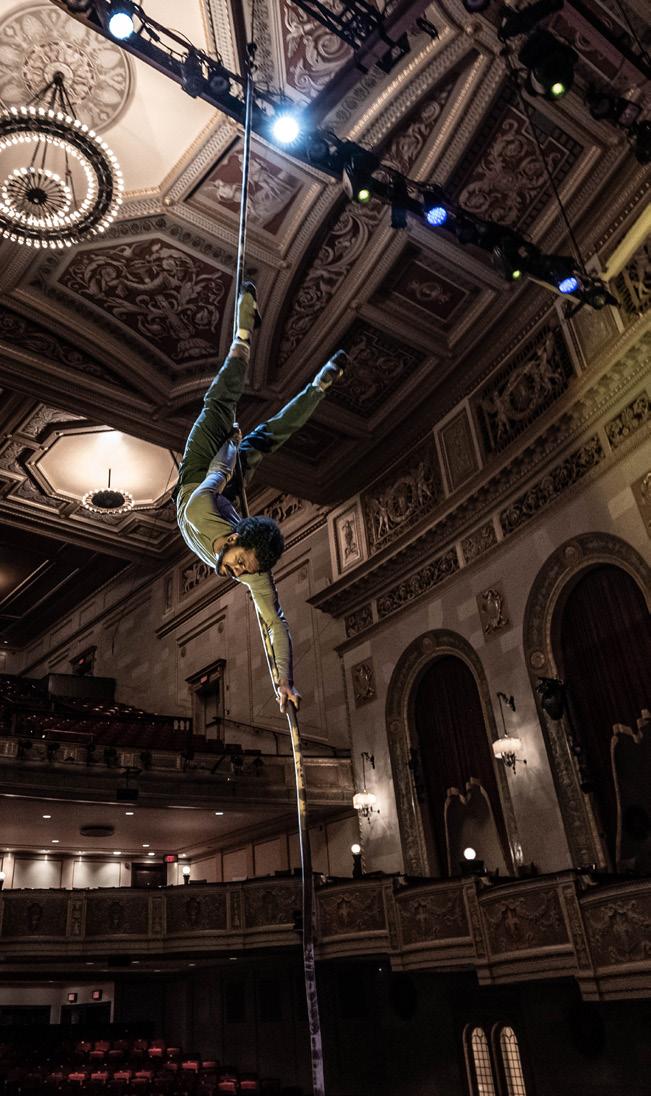
I’m also a violinist, and my first concert on the stage was playing with the Civic Youth Ensembles when I was 14. It was my first time ever playing in a symphony ensemble hearing winds, brass, and percussion with the strings. There’s a particular energy that saturates the entire ensemble and it becomes addictive.
My first time conducting in Orchestra Hall was in 2009, when I was working with Wayne State University’s String Project—it was a mentorship group that provided string music education to underserved populations—I got to conduct the beginner violin ensemble on the stage and walk out there with a baton. Conducting a full orchestra on the stage came when we did our first Detroit Community Ensembles concert in 2016.
Conductor, DSO Detroit Community Orchestra; Director of Orchestra, Detroit School of Arts; violinist and multidisciplinary sound artist; Civic Youth Ensembles alumni
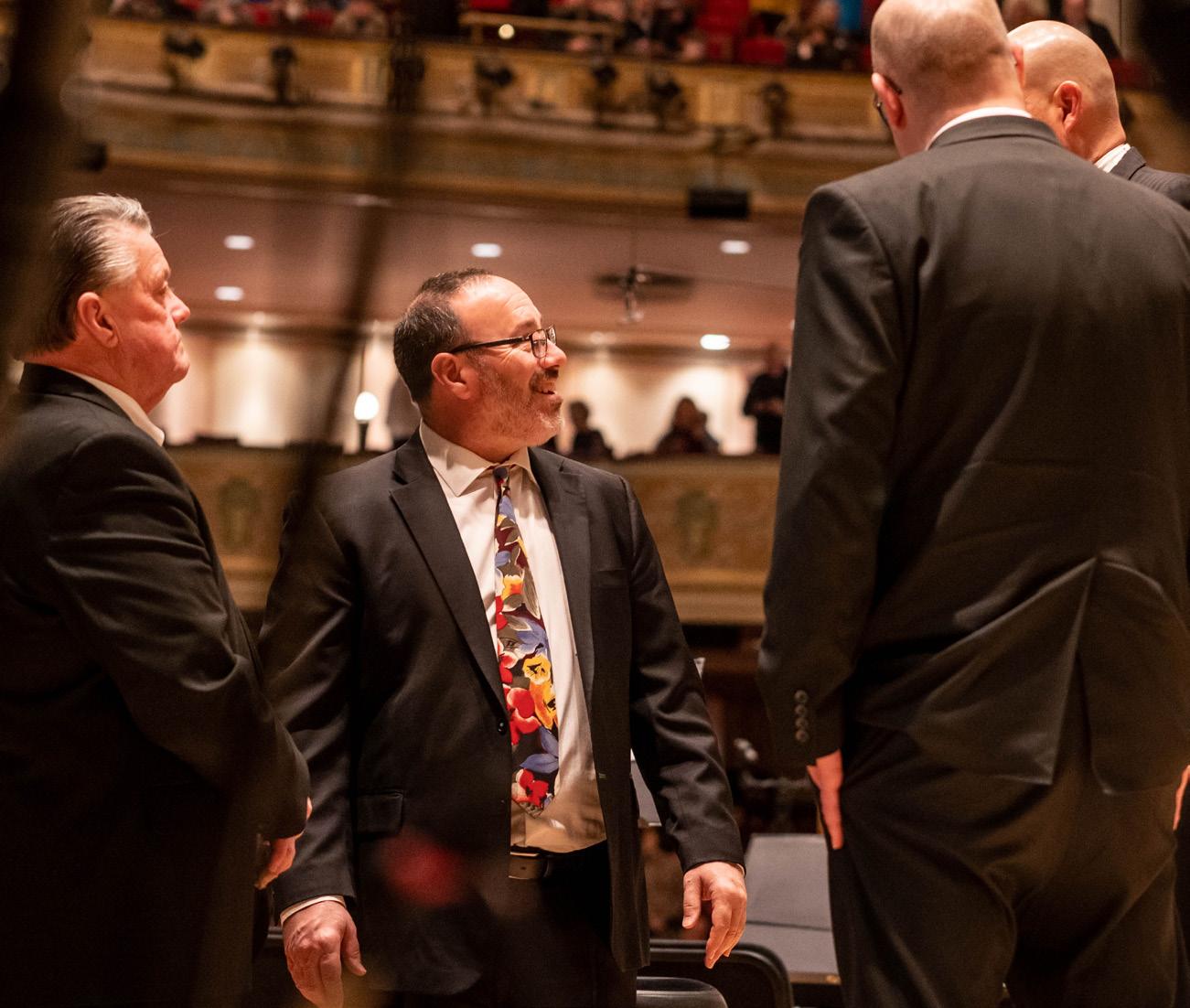

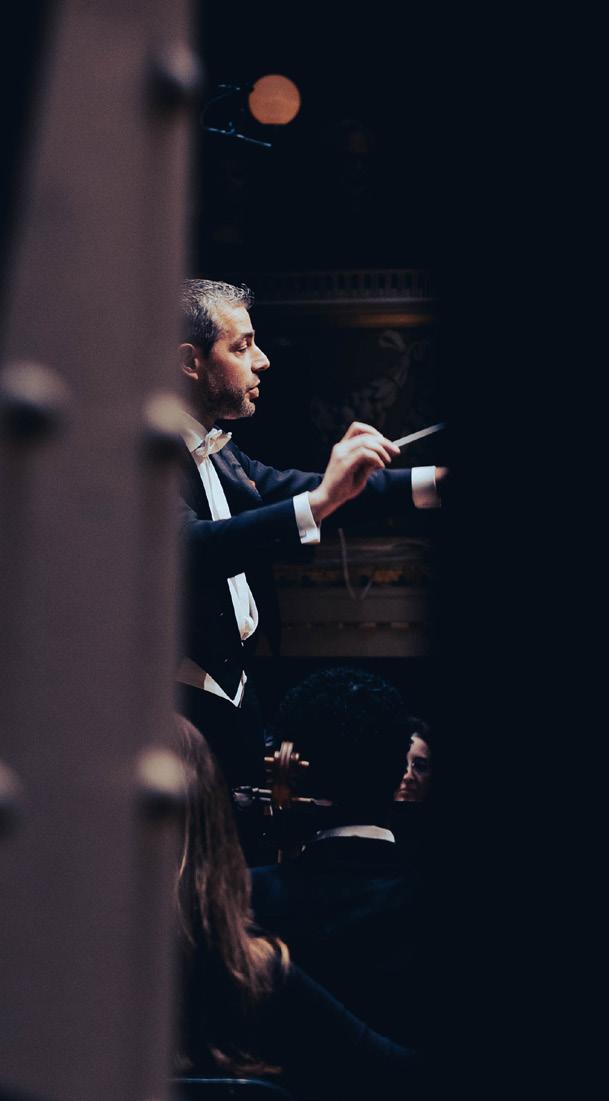
All the things you could imagine that might overwhelm you just disappear, and there’s a kind of calm. You’re waiting; listening for the orchestra to tune and then the Voice of God (program announcer) over the sound system says, ‘We’d like to welcome you to the Detroit Community Orchestra,’ and you just do it.
Walking out onto the stage with a full symphony, a full audience, and putting on a big show, I was just like, ‘Man, this is awesome.’
I’ve been able to perform in The Cube as a violinist and as a conductor; I also compose and am very into the new music world, so The Cube as a space for offering new music, especially by Detroiters, is fabulous. This place feels like a second home to me. I’ve been involved in things at the DSO—attending concerts, playing in the youth ensembles, and conducting for ensembles for two decades. There are moments as a musician where you’re like, ‘Wow. This is really my job right now.
I’ve been coming here forever, and it’s offered me everything from education to work, and I love it.
“THE

Cultural arts institutions invite us to analyze, engage, and digest the world around us. With music, we become connected through a language that spans centuries and has the power to broaden our perspectives. We turn to the arts to unleash our imaginations, be transported, and pursue healing and a sense of deeper joy.
That’s the business of the Detroit Symphony Orchestra—encouraging communities of people to explore their world through music. Our home of the Max M. and Marjorie S. Fisher Music Center provides opportunities for people to have these experiences in multi-faceted ways.

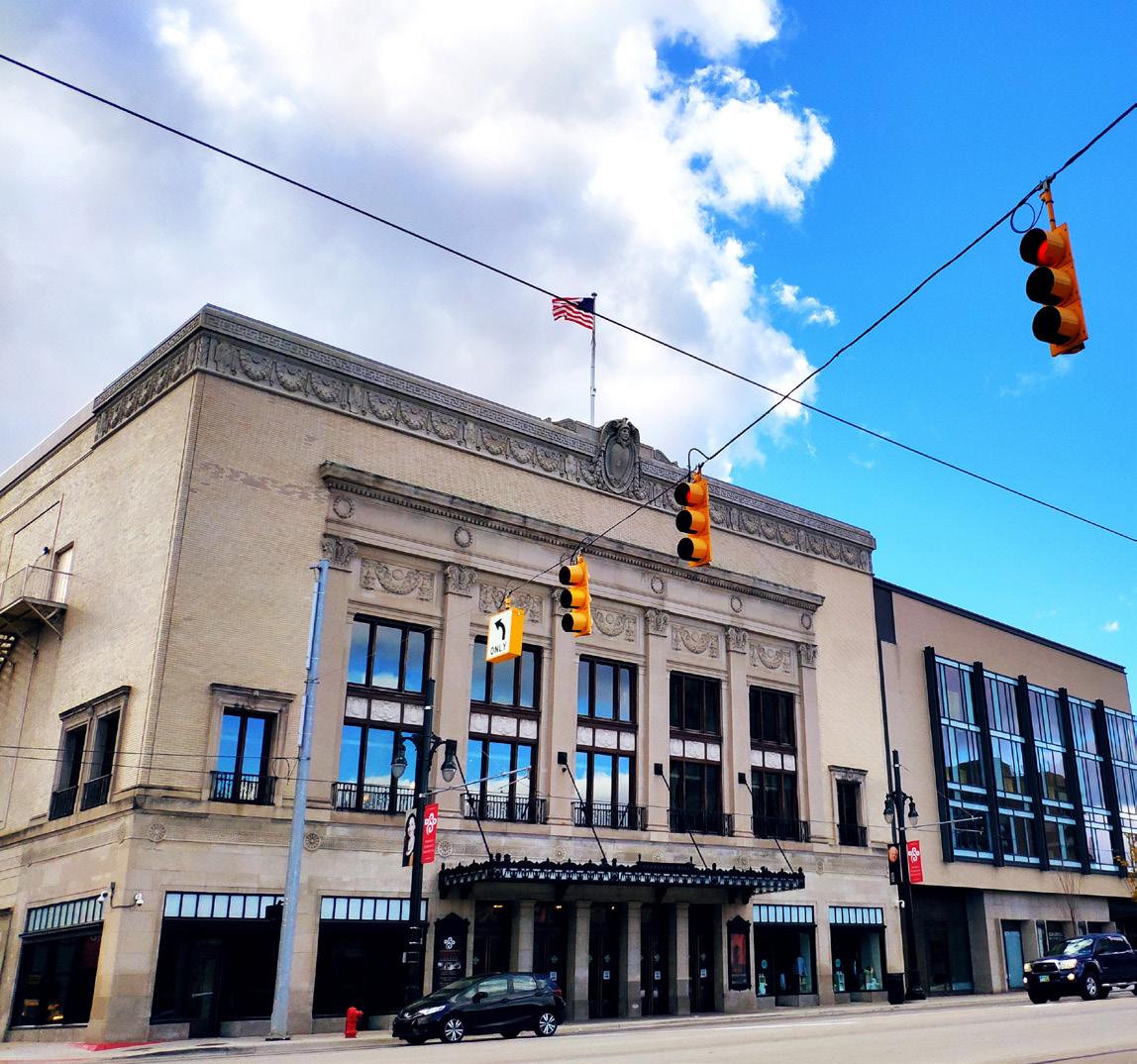
When Orchestra Hall expanded to include an education wing, a black box theater space, and an outdoor courtyard venue, the vision was to be a cultural epicenter for Detroit and Metro Detroit and a destination where all could convene and enjoy music across genres.
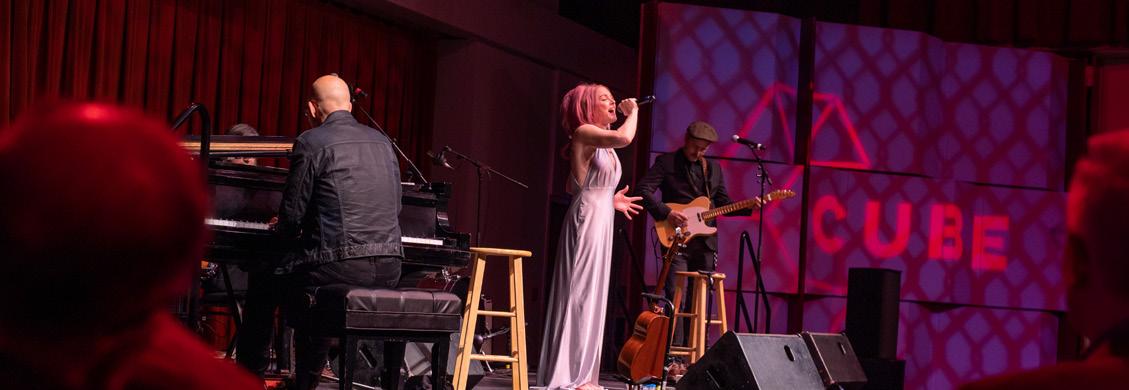
Created with elegance, ambiance, and care, each space honors investors who have at times led, assisted, and at other times nurtured the vision for the DSO. Their legacies continue to create an impact that steers the DSO culture, with music serving as our common denominator.
The Fisher Family and the Max M. & Marjorie S. Fisher Foundation
The Fisher family has been a visionary force behind the expansion and sustainability of this institution. After originally opening as the Max M. Fisher Music Center in 2003, the DSO’s home at 3711 Woodward Avenue was renamed in 2015 as the Max M. and Marjorie S. Fisher Music Center to honor both Max and Marjorie and the family’s cumulative gifts and longstanding support. Affectionately nicknamed The Max, the cultural campus serves as the DSO’s home in Midtown Detroit. The Max addition includes the William Davidson Atrium, the Peter D. and Julie F. Cummings Cube, the Jacob Bernard Pincus Music Education Center, and all the spaces that cater to the DSO, Civic Youth Ensembles, community members, patrons, and investors.
With the building of The Max, musicians finally have backstage dressing rooms, lockers, and a lounge area—major upgrades from the trailers that functioned as makeshift dressing rooms from 1989 to 2003 after the DSO returned to Orchestra Hall. Patrons and donors have more spaces to explore before concerts, during intermission, and post-concert.
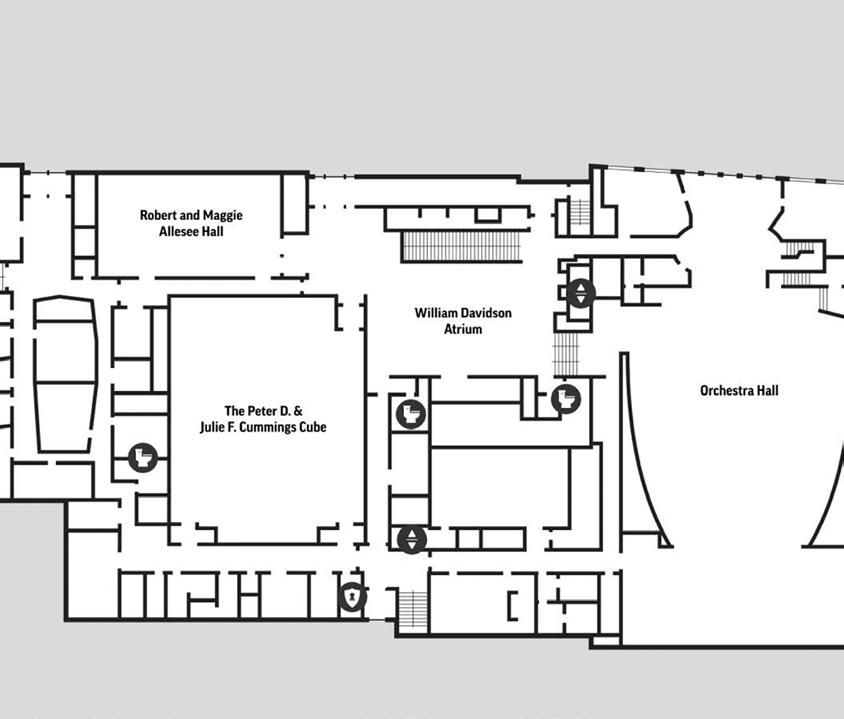
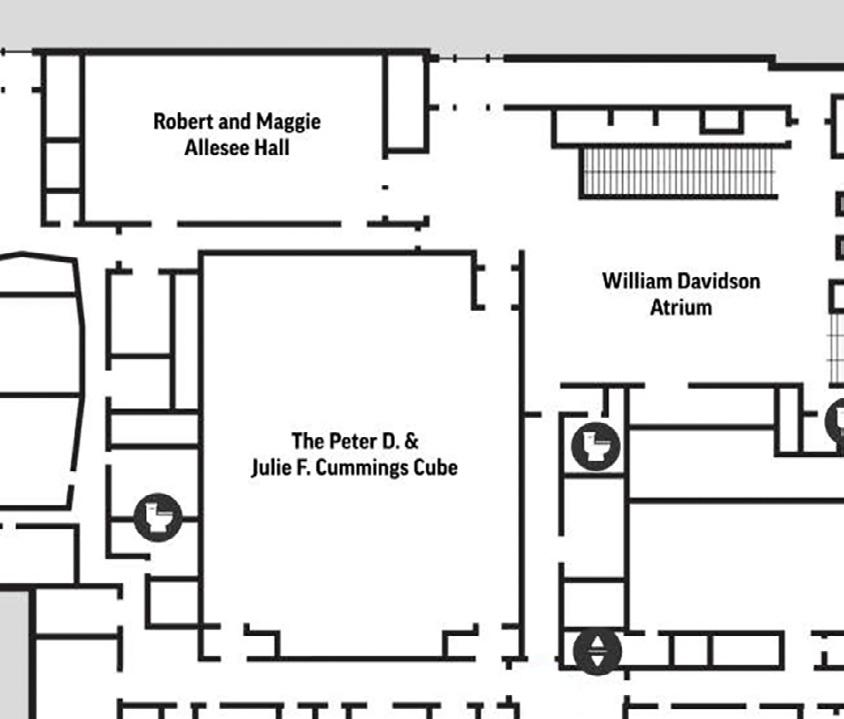
Julie & Peter Cummings Curated. Urban. Boundless. Experiences.

In 2016 this space was reimagined as the Peter D. and Julie F. Cummings CUBE to provide curated, urban, boundless experiences. The renaming is in recognition of Peter and Julie Cummings’ shared lifetime contributions to the DSO, including Peter’s service as Chair Emeritus.
The Peter D. & Julie F. Cummings Cube—The Cube, for short—is the DSO’s black box performance space located within the Max M. and Marjorie S. Fisher Music Center. The Cube is designed to be a place for provocative, unique, and grassroots entertainment that reflects the personality and tone of the city. The venue is accessible and relevant to communities the DSO serves through consciously curated arts programming across musical and artistic genres. From jazz, hip-hop, and poetry to salsa dancing and yoga with chamber music, there is something for everyone to enjoy at The Cube!
to explore. to connect. to discover.
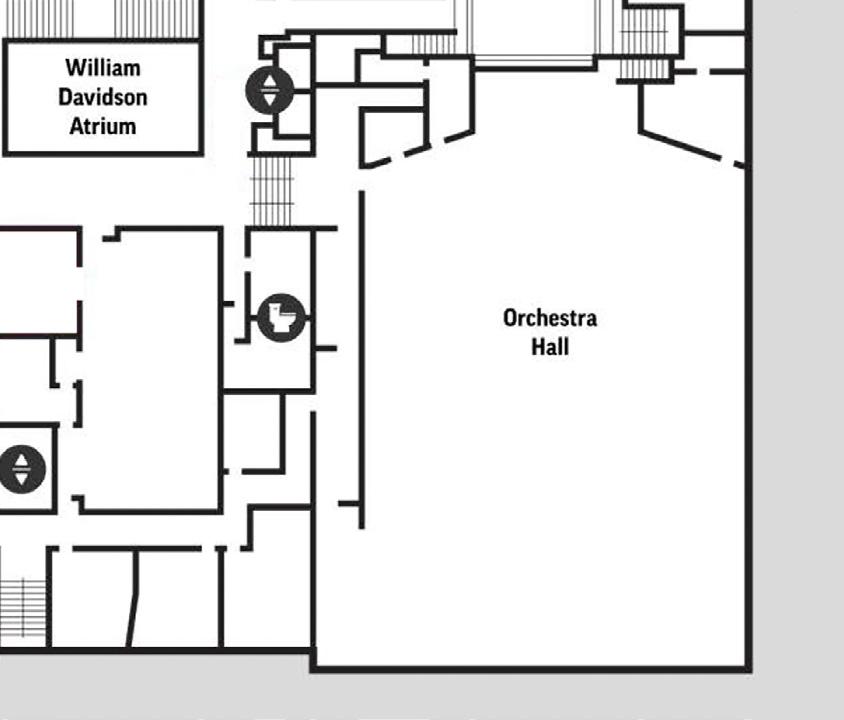
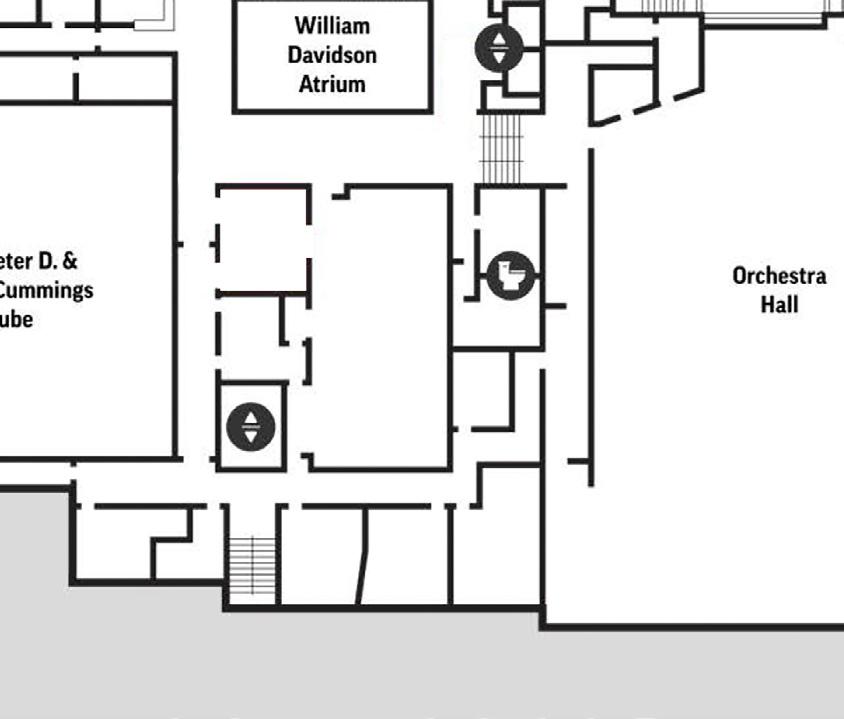
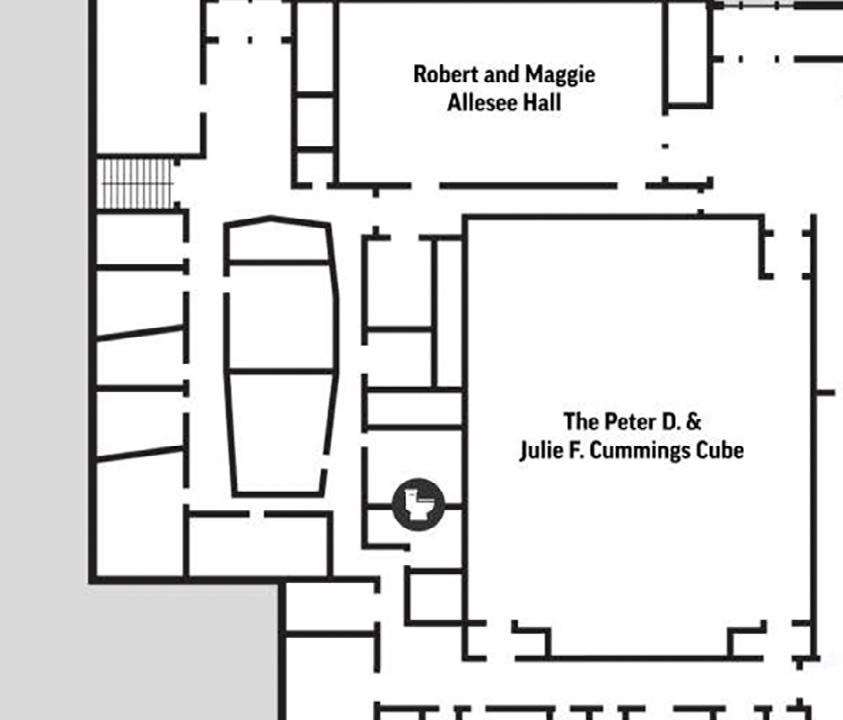
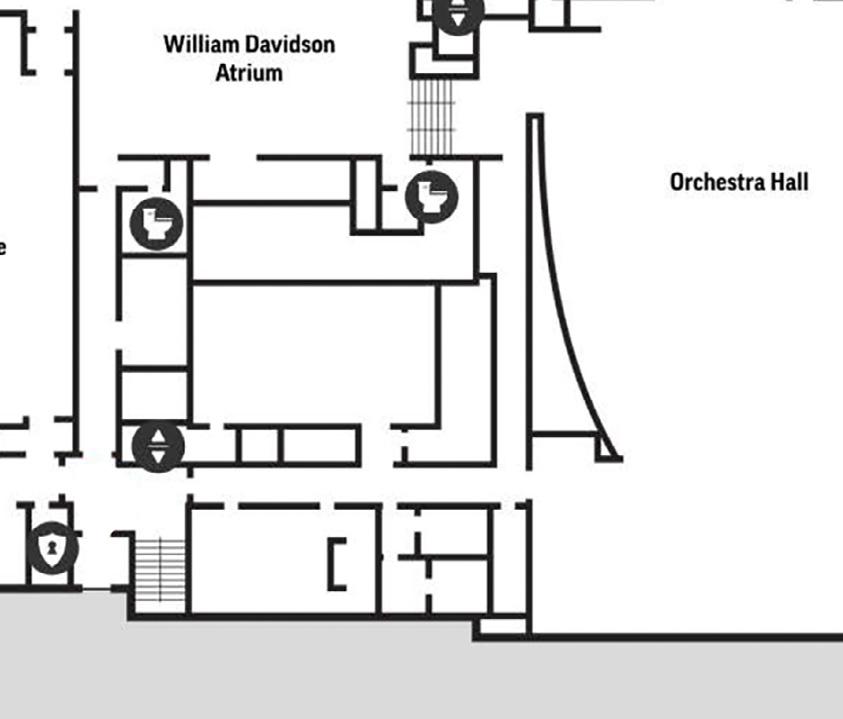
The William Davidson Foundation is a longtime supporter of the DSO and Mr. Davidson believed strongly in the vital role the orchestra holds in Detroit, throughout Southeast Michigan, and across the globe. The DSO in 2017 announced the naming of the William Davidson Atrium at The Max M. and Marjorie S. Fisher Music Center.
The William Davidson Atrium offers three floors of reception and strolling space. The interior was designed to contrast lush with harsh—a stylish technique architecture firm Diamond Schmitt referenced from other historic Detroit venues such as the Fox and Fisher theatres. Patrons love the floor-to-ceiling view of Woodward Avenue from the second and third levels. On Saturdays, programming for the Young People’s Family Concert Series starts with families gathering in the William Davidson Atrium for interactive activities and trying out instruments, before heading to The Cube for Tiny Tots performances.
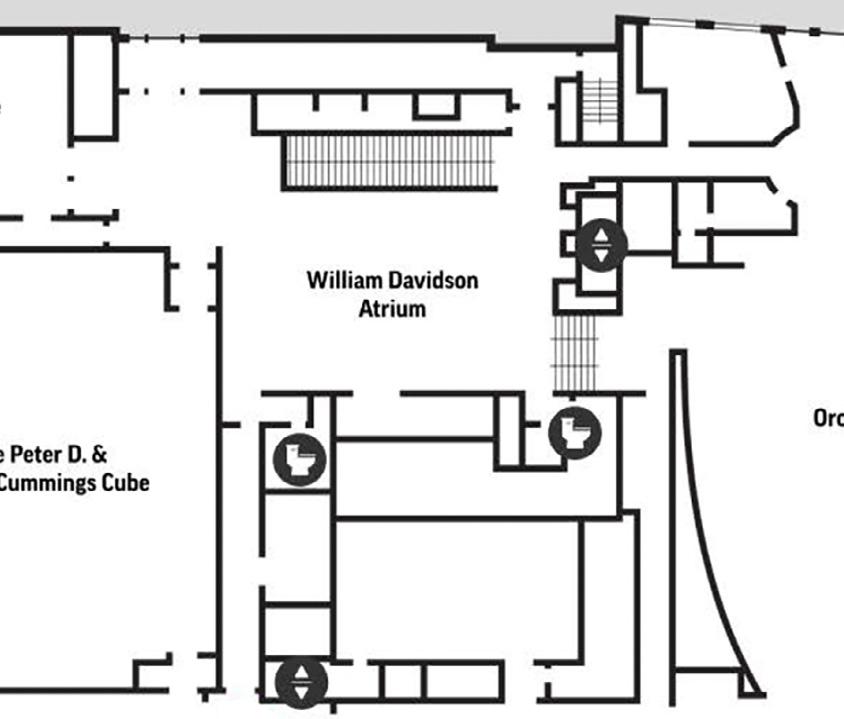
Herman and Sharon Frankel
In the early 2000s, Herman and Sharon Frankel were recognized with the naming of the Herman and Sharon Frankel Donor Lounge for their decades long support and active involvement in institution-wide campaigns.
Located on the second floor of The Max, the Herman and Sharon Frankel Donor Lounge serves as a gathering place and exclusive benefit for DSO Governing Members to enjoy. The energy in the space is social as musicians, guest artists, and governing members mix and mingle.
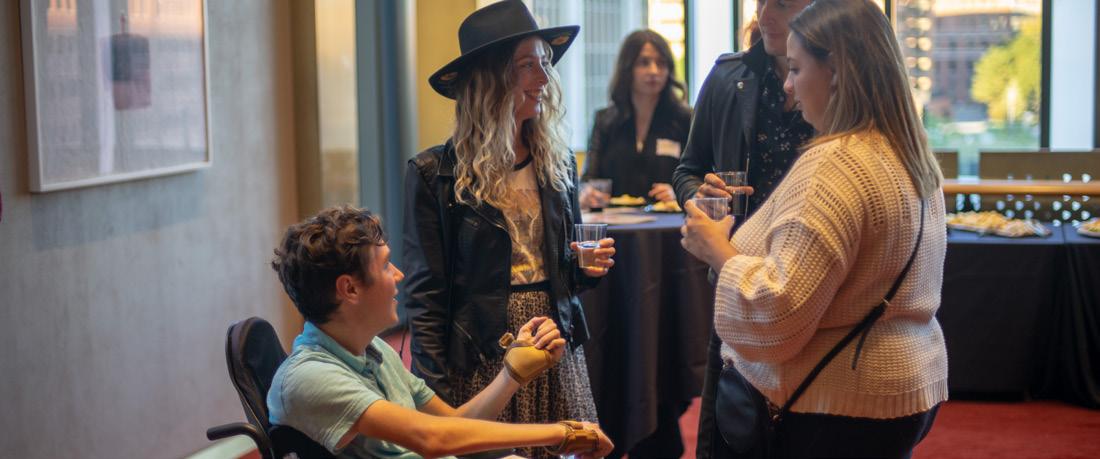
Concert Shell and Canopy
Matilda R. Wilson Fund


The Matilda R. Wilson Foundation Fund was instrumental in leading the campaign to restore Orchestra Hall in 1989 and supporting its expansion to what we see today as The Max. An avid supporter of the arts, Matilda Wilson donated the land which Meadow Brook Ampitheatre sits. Today, the DSO performs annually at Meadow Brook. In celebration of Matilda’s love for classical music and her ongoing commitment to the Detroit Symphony Orchestra through the Matilda R. Wilson Fund, the DSO honored her memory with the naming of the concert canopy.
Bernard E. and Marilyn Pincus
In the late 1990s, the Bernard and Marilyn Pincus Estate made a significant investment to the DSO in honor of Bernard and Marilyn Pincus’s son, Jacob, who passed away in 1993. The organization honored their gift with the naming of the Jacob Bernard Pincus Music Education Center.

The Pincus Education Center is the home base for the Wu Family Academy for Learning and Engagement, specifically the DSO’s Civic Youth Ensembles. Staff, students, and musicians spend every Saturday in the education wing for rehearsals and training sessions.
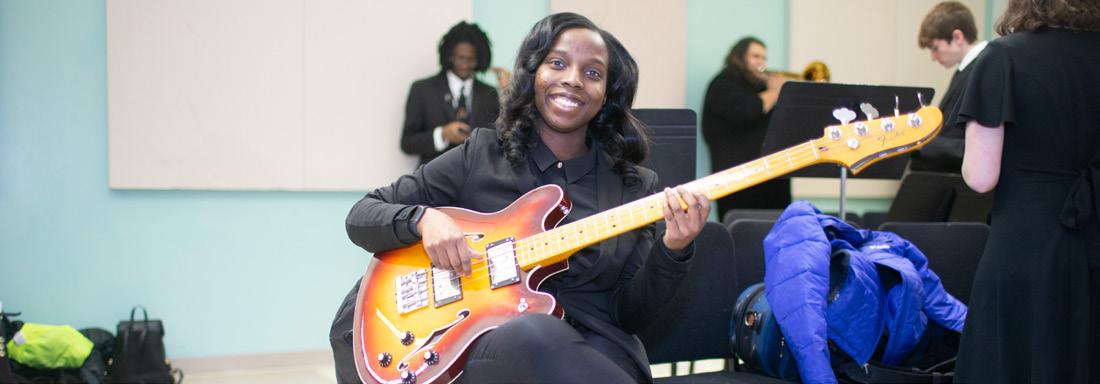
Mrs. Richard C. Van Dusen
In 2015, leadership gifts helped to revamp physical spaces at The Max. The DSO recognized Detroit philanthropist and 2013 DSO Heroes Gala award recipient Barbara Van Dusen for her gift through the naming of the remodeled Barbara Van Dusen Musicians’ Lounge. The space naming also pays homage to Van Dusen’s connection and deep appreciation for the musicians of the DSO—whom she views as family—and their ability to bring joy to many through music.
Just steps from the backstage of Orchestra Hall, The Musicians’ Lounge is the space for DSO musicians to relax and commune before and after performances.
Barbara Van Dusen Musicians’ Lounge
Robert A. and Maggie Allesee
In 2011, the Allesees, influential arts philanthropists, established the Robert A. and Maggie Allesee Rehearsal Hall at the DSO as a show of their dedication to creative expression through theatre, music, and dance. The Allesees envisioned the rehearsal hall as an arts incubator for Detroit, and for eight years, the space was home to the Detroit Public Theatre, enabling the theatre to grow and expand audiences before establishing their new home in 2021. Now, “Allesee” —as it is affectionately known — is used as a rehearsal space for several DSO sections, including students in the Civic Youth Ensembles.

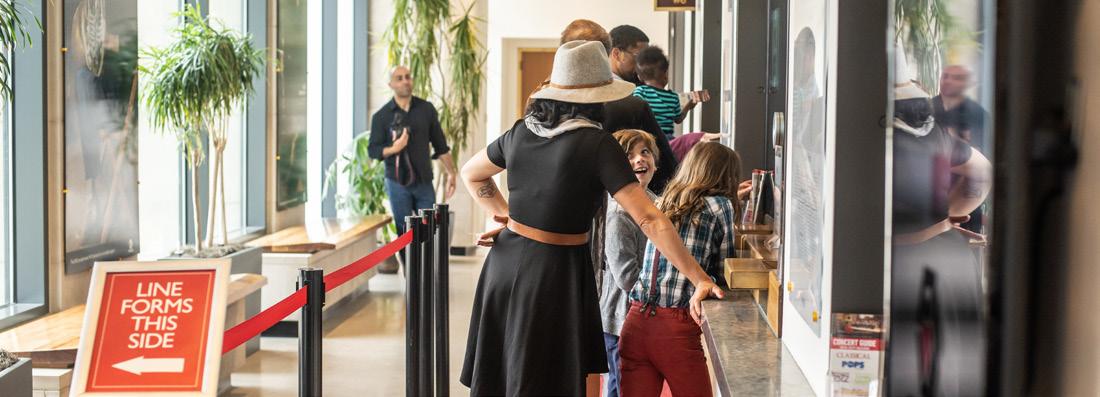

The Glancy Foundation


The control room is named in recognition of Alfred R. Glancy III, former Detroit Symphony Orchestra Board Chair (1992–1998). The Alfred R. Glancy III Capital Reserve and Technology Fund, as well as Glancy’s longtime contributions to the DSO, were instrumental to the advancement of the organization’s webcasts and technology. Located down a checkered floor hallway in the basement of The Max, this 19-by-14-foot room is the home of the DSO’s Live from Orchestra Hall webcast series and features a 4K ultra-high-definition camera system. Every DSO webcast streams from this space, providing industry-leading accessibility and inviting global connections.
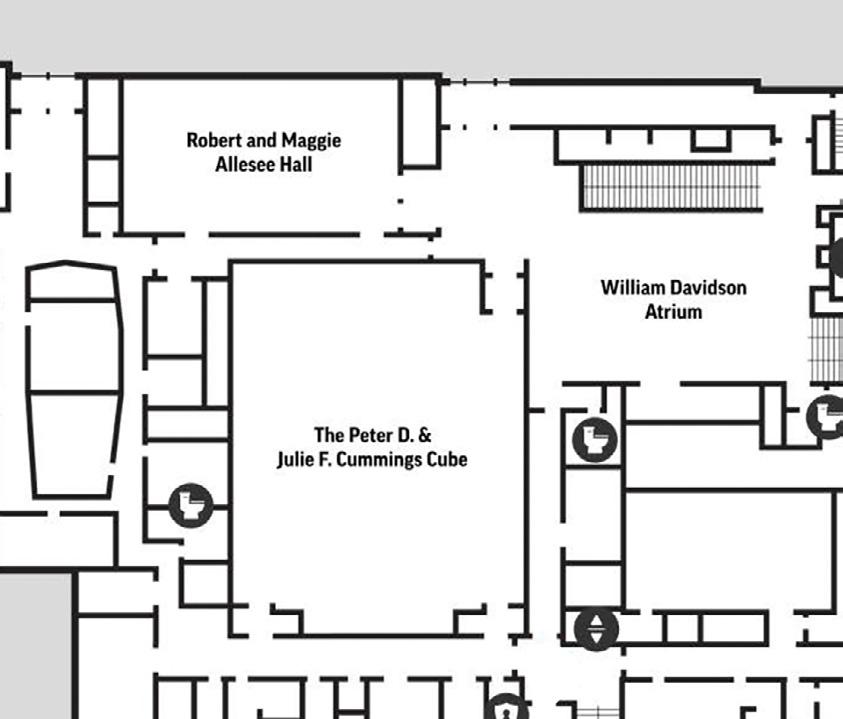
Rick Williams, Sr. and Family
James B. & Ann V. Nicholson and PVS Chemicals, Inc.

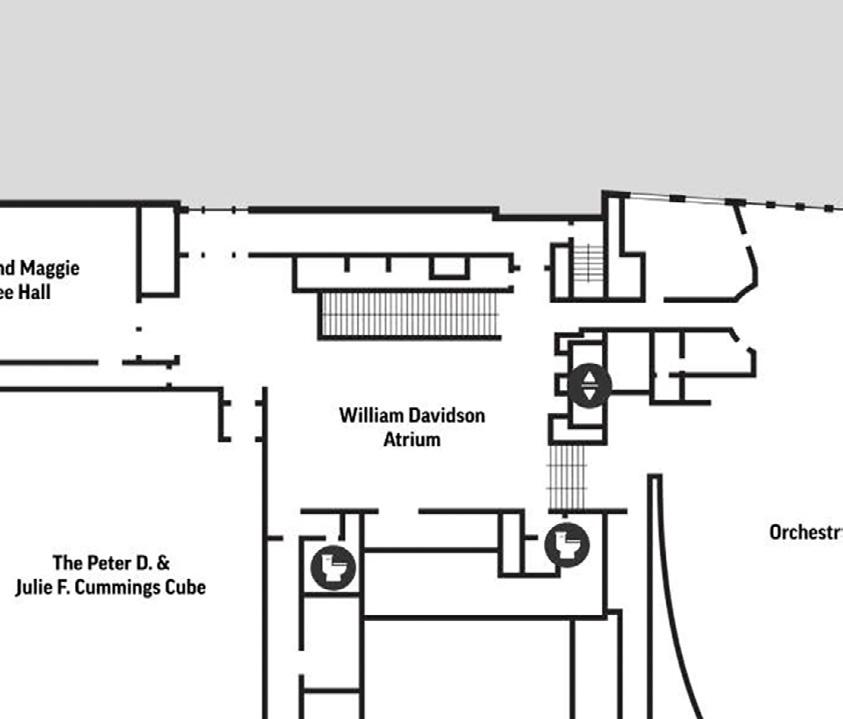


Detroit cultural philanthropist and the first Chair Emeritus of the DSO Board to be bestowed the honor of DSO Lifetime Director, Jim Nicholson co-chaired the capital campaign that opened The Max M. and Marjorie S. Fisher Music Center and went on to co-chair the Campaign for a DSO Renaissance with Chair Emeritus Peter D. Cummings. The DSO celebrated Jim’s impact on the organization with the naming of the institution’s welcoming center, a space that sets the energy and tone for music and connection upon our guests’ first step.
The Williams family was instrumental in the campaign to build the Max M. and Marjorie S. Fisher Music Center. In recognition of their support and DSO Trustee Rick Williams Jr.’s continued leadership, the DSO named this space to honor his father, the late Rick Williams Sr., and his family. The Williams Family Foyer welcomes all members of our community as they enter the Max M. and Marjorie S. Fisher Music Center, serving as the gateway to the William Davidson Atrium, the Peter D. and Julie F. Cummings Cube, Robert A. and Maggie Allesee Rehearsal Hall, and our cherished Orchestra Hall.
Mort and Brigitte Harris Foundation
The Grand Staircase was named after Mort Harris in 2022 out of our great admiration for his lifelong passion for the DSO. The Mort Harris Grand Staircase is the elegant centerpiece of the William Davidson Atrium. Its distinctive architecture offers a stylish common space for guests to gather and is often used as a showpiece for events and receptions hosted at the Max M. and Marjorie S. Fisher Music Center throughout the year.
Williams Family Foyer“MY FATHER [SAM FRANKEL, REAL ESTATE DEVELOPER AND DSO INVESTOR] ALWAYS BELIEVED ORCHESTRA HALL WAS A NECESSARY AND INTEGRAL PART OF THE CULTURAL FRAMEWORK OF DETROIT.”
1914 1939 1951

1970
Detroit remains a topic of conversation because of its rich and complex history spanning economic eras and a stylish arts scene known for its music—from Motown, to jazz, to techno, and all points in between.
From the beginning, the people of Detroit and southeast Michigan have been integral in sustaining the belief that a vibrant city requires a first-rate symphony orchestra and a premier concert hall to call its home. Their support has been evident for more than 130 years: from the initial drive to build and support an orchestra in 1887; to the DSO’s revitalization in 1914; through the fight to save Orchestra Hall amid the financial struggles and civil unrest of the 1960s and ‘70s; and up to the present day.
Over the years, the DSO has been championed by philanthropists, business leaders, artists, and civic leaders who amplify the appreciation of the symphony as a crucial aspect to civic life. There is a resilient nature among the people of this city that mobilizes a way to make things happen, when odds are stacked— this is Detroit’s superpower.
Despite obstacles and economic challenges, and as is true in Detroit, it’s the people who keep this organization unified and energized to elevate.
1989
The following timeline honors DSO legacy makers—those who left their mark on the Detroit Symphony Orchestra and laid the groundwork for their home on 3711 Woodward Avenue to be a Detroit community gathering space that delivers essential musical experiences for all.

Four years after the dissolution of the DSO’s first iteration and before the orchestra had a permanent performance home, Frances Eliza Sibley, a high society woman who advocated for women’s independence, thought it critical for the city to have a symphony orchestra. Sibley, a direct descendant of Jacques Campau, an officer and secretary to Detroit founder Antoine Cadillac, and nine other women raised thousands of dollars to support the formation of the orchestra as we know it today. With the funds, they appointed Weston Gales as music director and held concerts at the Detroit Opera House. The timing was aligned with the birth of the auto industry and Detroit’s rebirth as one of the top industrial regions in the country. Sibley’s activism forged a path for the creation of the Women’s Association of the DSO in 1928. The association was instrumental in the symphony’s structure and raised funds for the orchestra by hosting teas, parties, fancy balls, and fashion shows. Among their top responsibilities was selling 1,000 tickets to DSO concerts each year. The women also established and incorporated an endowment fund for the DSO and committed themselves to the “reflowering of musical interest and activity.” By the mid-1980s, the group, along with its junior division (formulated in 1939 to attract younger members) had sustained an endowment that grew close to $500,000. In 1989, a new iteration of the association was formed as the DSO Volunteer Council, with the established mission to promote and support the artistic excellence of the Detroit Symphony Orchestra, attract community involvement in the orchestra through fundraising projects, education, and audience development.
For the first time, the orchestra has a place to call their own, and it was built just for them. New music director Ossip Gabrilowitsch’s vision of a permanent home for the DSO resulted in the construction of Orchestra Hall, an acoustically pristine and immaculate concert hall. The effort was supported by patrons of the DSO who raised close to $1 million to fund the project. When you’re in the hall, look up to the ceiling and you’ll see the faces of some of the top investors: lumber baron and DSO president William H. Murphy, as well as automotive giant Horace Dodge and his wife Anna. It was the first concert hall designed by noted theater architect C. Howard Crane, who later designed the Fox Theatre and Detroit Opera House.
Robust musicality and jazz are distinctively embedded in Detroit’s artistic DNA, and Orchestra Hall is a vibrant part of its history. In the 1940s and ‘50s, the hall operated as the Paradise Theatre—a performance venue that attracted local and national talent and served as an artistic extension of Paradise Valley, the epicenter of Black life, business, and entertainment in Detroit. After the DSO left Orchestra Hall in 1938 due to financial considerations, the building caught the attention of members from the Paradise Valley Business Association (PVBA): Andrew “Jap” Sneed, owner of 666 Club; Everett Watson, real estate owner and developer; Rollo Vest and Chester Rentie, PR agents and entertainment bookers; and Walter Norwood, partner in a hotel one block east of Paradise Theatre. Because of the discriminatory policies that restricted Black people from owning property outside of a few segregated neighborhoods—including anything on the west side of Woodward Avenue—when the businesspeople tried to buy Orchestra Hall, they were denied. Though undocumented, it’s possible that they formed a side deal with the owners of the Paradise: Ben and Lou Cohen, Jewish brothers and Detroit theater moguls.
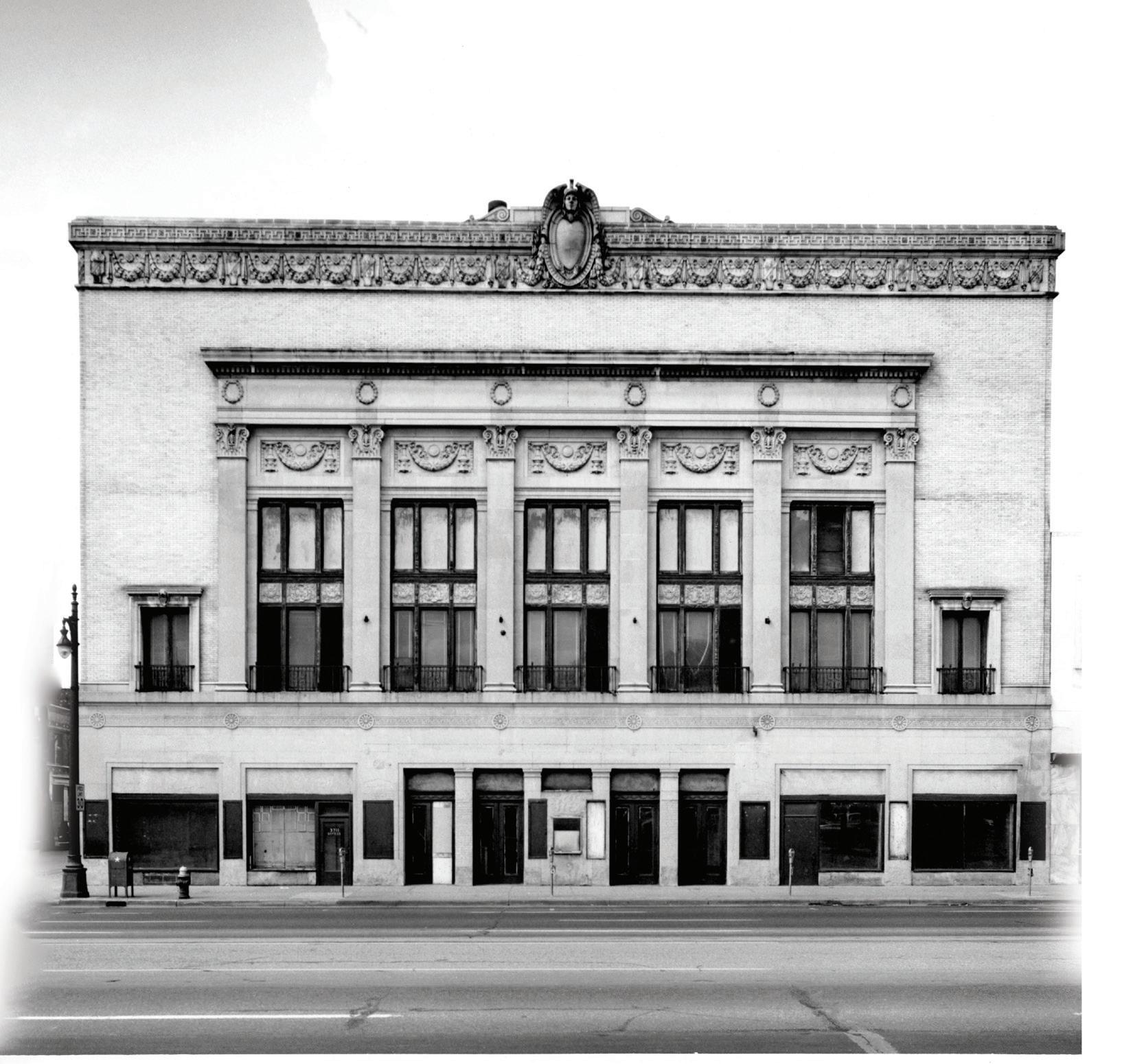
Audiences at the Paradise grooved to headliners from Louis Armstrong and Dinah Washington to Sammy Davis Jr. and Cab Calloway. Stage shows featured comedians, dancers, and movies that energized the city’s social scene and set the tone for Detroit as a premiere big-band jazz incubator and cultural destination. The DSO would not return to Orchestra Hall until 1989…and they returned as owners of the building.
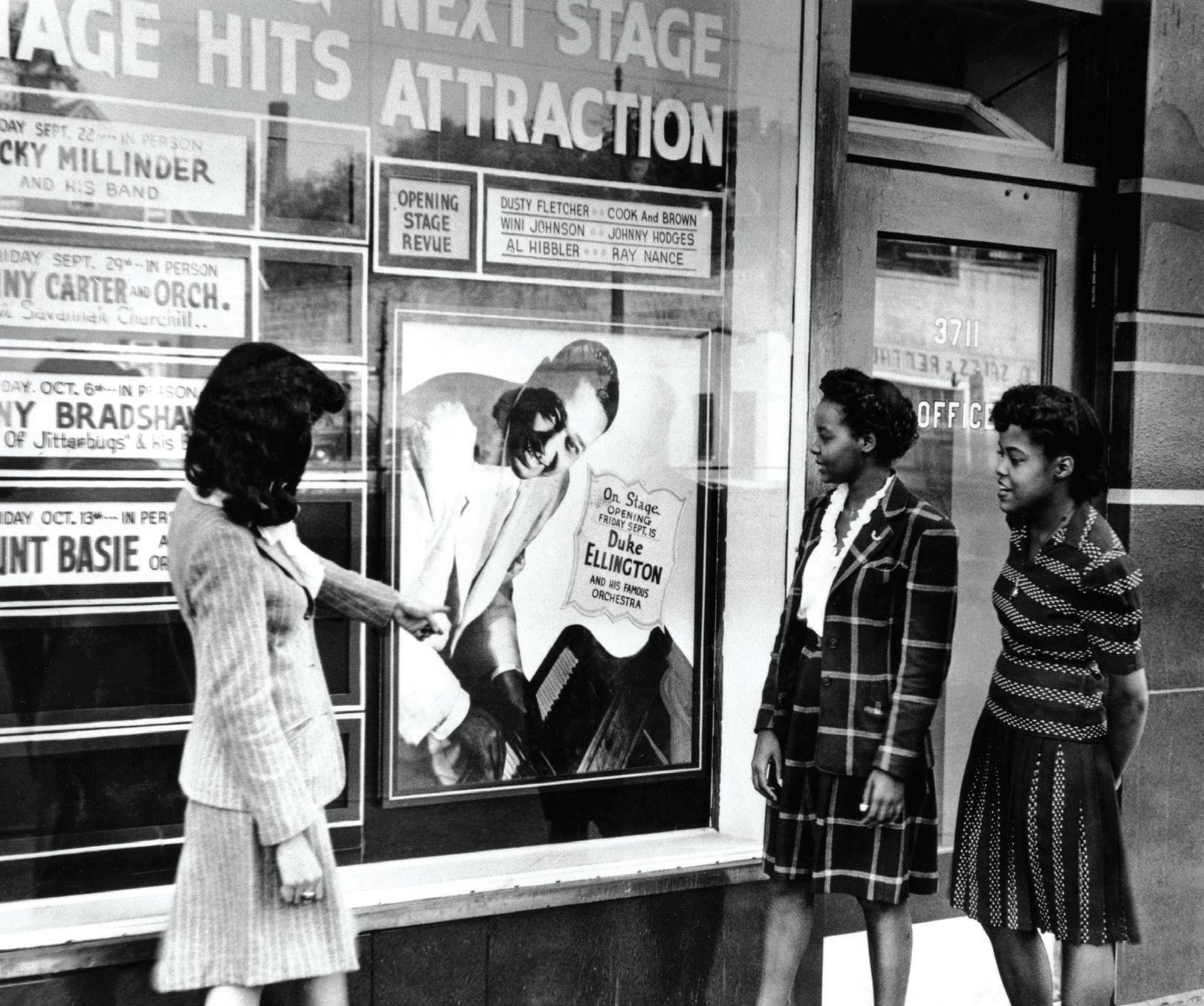
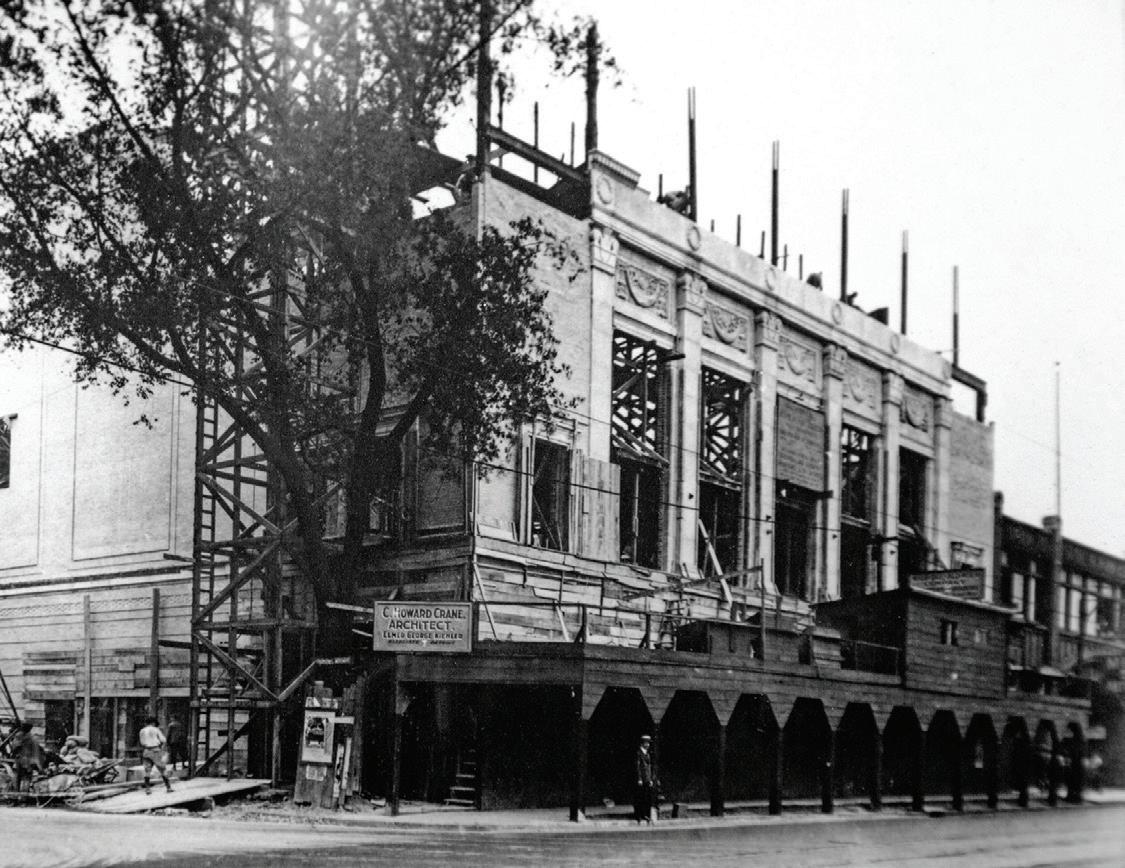
I never felt the kind of excitement in my life that I felt at the Paradise Theatre.”
– DELL PRYOR, Detroit gallerist known as the “grand dame” of Detroit’s arts scene
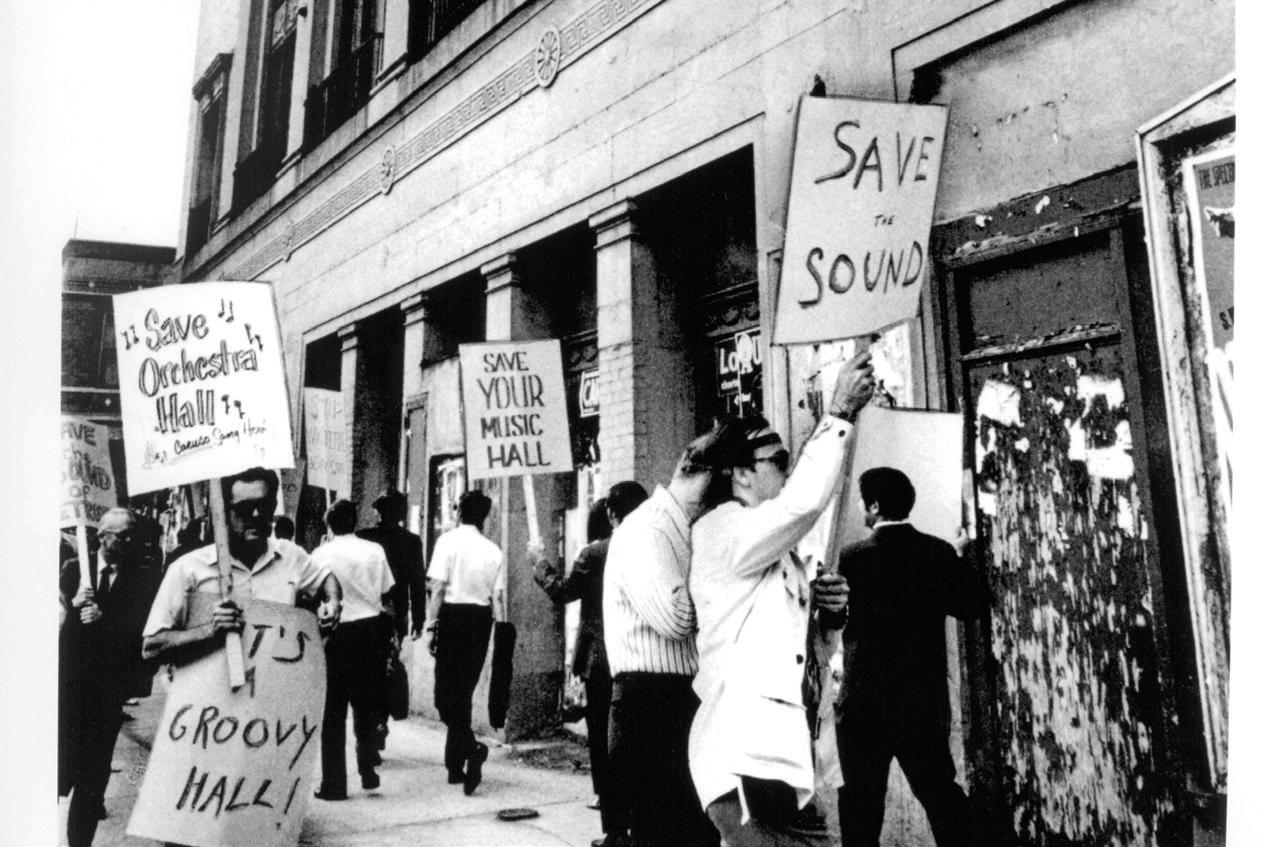
Orchestra Hall was sold to an East Coast food chain, Gino’s Hamburgers, and plans to demolish the building were two weeks away, until Paul Ganson, “the heartbeat of Orchestra Hall” entered the picture.
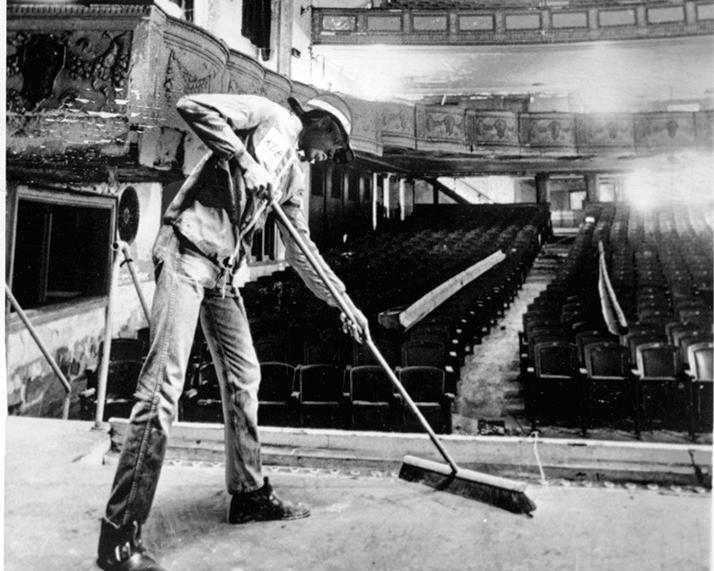
Paul Ganson, DSO bassoonist (1969–2004), founded Save Orchestra Hall Inc., a campaign to preserve and restore the historic Orchestra Hall. A Detroit native, he had been with the orchestra for just a year but had heard DSO recordings with Paul Paray and descriptions of the acoustics of Orchestra Hall in its glory days. Ganson organized performances on the roof and inside the hall, even in its dire state, as a demonstration of how important the music and space were for the city. The movement acquired allies in real estate developer Sam Frankel and other community and business leaders who played important fundraising and leadership roles for Save Orchestra Hall. It also maintained relationships with the Black community resulting in the expansion of classical programming to include presentations of jazz concerts in a Paradise Theatre-like fashion.
Mobilized and persistent, supporters marched in front of the building with signs that exclaimed, “Detroit Needs Orchestra Hall,” “Save Great Acoustics,” and “Orchestra Hall Lives, if you say so!” Ganson and DSO donors worked with city officials to restore the property, and through Save Orchestra Hall Inc., were able to buy the building. During this time, the DSO and Save Orchestra Hall were two separate entities, but when they merged, the Detroit Symphony Orchestra became owners of the concert hall for the first time in its history.
Musicians and DSO administration felt a strong need to return to Orchestra Hall. Board chairs Robert “Steve” Miller and Alfred Glancy III played significant roles in restoring the institution’s financial health and aiding in the transition back to the orchestra’s home on Woodward Avenue.
The DSO returned to Orchestra Hall in September after performing at Ford Auditorium for 33 years; a true relief for patrons, donors, and musicians. Though conditions were rough in and around the hall, the high-quality sound and musicality the DSO had been known to produce kept audiences excited and supportive.
“There was an incredible feeling at those concerts. Many local music lovers had caught on to Orchestra Hall. The Friday series at the hall distilled a subscriber base of the area’s most discerning listeners, those who loved music and were willing to put up with inconvenience to hearing it at its best. A typical comment would be: ‘I would never go back to Ford Auditorium now that I know what you really sound like.’”
A new era for the DSO was launched and celebrated with a Homecoming Festival that stretched over two weeks.
20 0 3
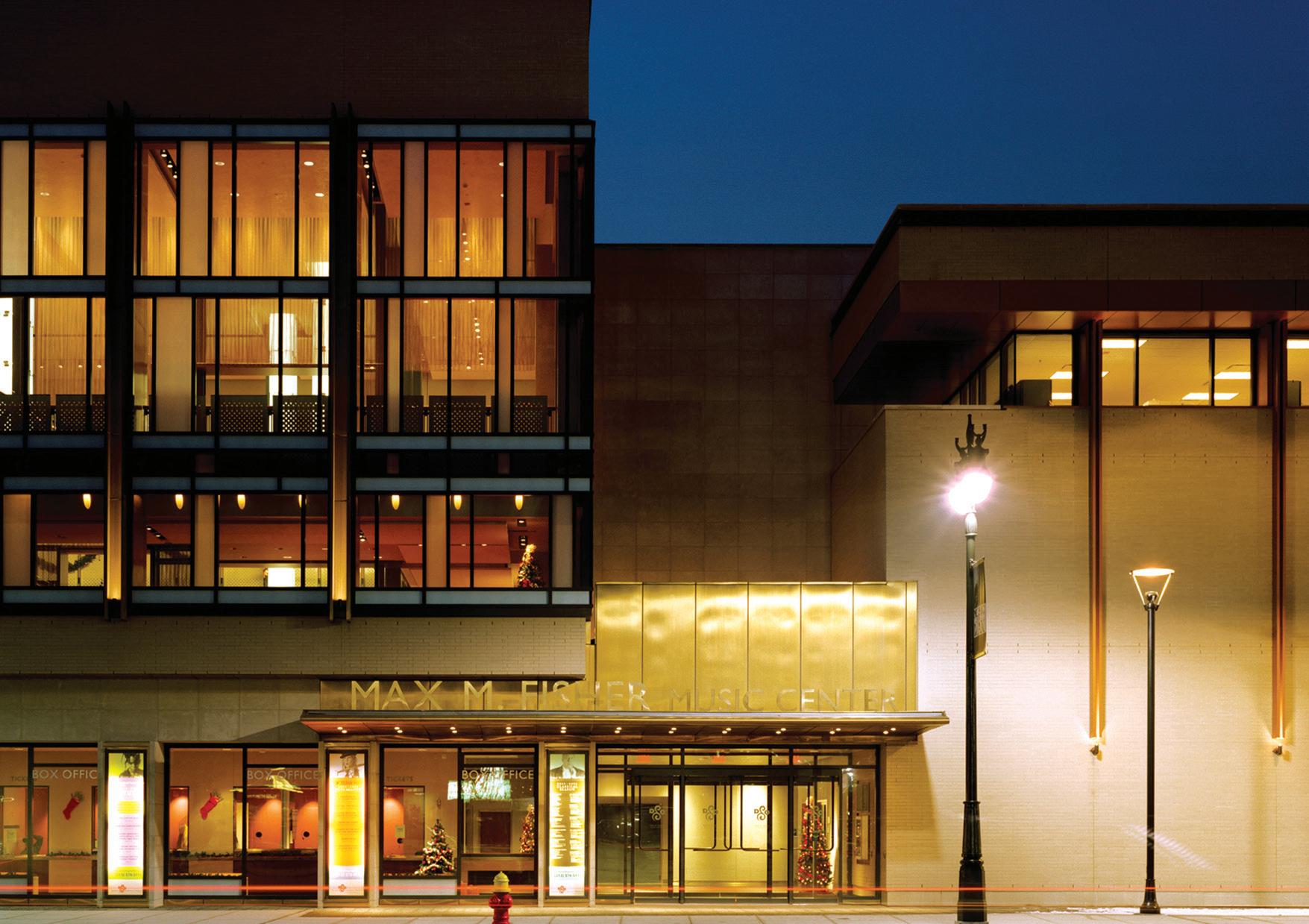
Max Fisher’s message: THINK BIGGER. This was the fuel that motivated his son-in-law Peter Cummings and former DSO Executive Director Mark Volpe to return to the drawing board and expand their vision for Orchestra Hall. The goal was to not only present music, but also to make an impact in Detroit, which had decreased in population due to decline in industrial activity. The city needed revitalization. With a plan that started in 1994, Cummings presented a revamped design that ultimately transformed 3711 Woodward Avenue into the Max M. and Marjorie S. Fisher Music Center, the modern performing arts and music education center enjoyed today. He coined the phrase: people, place, and purpose as a conceptual compass to the synergy that surrounds The Max, and the Peter D. and Julie F. Cummings Cube—the DSO’s blackbox performance venue designed to be accessible and relevant to communities the DSO serves through curated arts programming that spans musical genres. The evolution of Orchestra Hall and its expansion to a multidisciplinary arts, music, and education complex comes full circle with Peter Cummings being honored at the Detroit Symphony Orchestra’s 2023 Heroes Gala in June.
CAMPAIGN FOR THE MAX LEADERSHIP & DONOR
LISTING FOUND ON PAGE 26.

Deepen your connection to the people, place, and purpose of Detroit’s historic Orchestra Hall by naming a seat today!
Orchestra Hall is our home, and it has shaped the development of our community since its inception in 1919. Serving as a musical beacon for Detroit, its relevance for the next 100 years must be sustained and continually innovated. This dedication requires strong endowment. By Naming Your Seat in historic Orchestra Hall, you are investing in the vibrancy and continued preservation of this iconic Detroit landmark.
no place like Orchestra Hall.
Gifts to the DSO can be made in several ways. Terms are flexible and include the following options: cash gifts, stock transfers, multi-year pledges, and testamentary giving. Discuss your gift with DSO Advancement Staff.
CONTACT:
Alex Kapordelis, Senior Director, Campaign; 313.576.5198
Cassidy Schmid, Manager of Campaign Operations; 313.576.5115
Honor a loved one, celebrate an arts enthusiast, or stamp your name in DSO history when you Name Your Seat Today!
DAVID ASSEMANY, DSO Governing Members Chair Music Director Jader BignaminiI believe that those who know Orchestra Hall’s storied legacy in Detroit and understand its role in shaping the future of our commitment to the arts should invest in the orchestra’s viability. There’s
Mandell & Madeleine Berman Foundation APLF
Mr. and Mrs. Raymond M. Cracchiolo
Joanne Danto & Arnold Weingarden
Vera and Joseph Dresner Foundation
DTE Energy Foundation
Ford Motor Company Fund
Mr. and Mrs. Morton E. Harris ◊
Mr.◊ & Mrs. Robert A. Allesee
Mr. David Assemany & Mr. Jeffery Zook APLF MM
W. Harold & Chacona W. Baugh APLF
Gwen & Richard Bowlby
Robert & Lucinda Clement
Lois & Avern Cohn MM
Mary Rita Cuddohy Estate
The DSO is grateful to the donors who have made extraordinary endowment investments through the DSO Impact Campaign or multi-year, comprehensive gifts to support general operations, capital improvements, or special programs.
Phillip Wm. Fisher, Co-Chair
Danny Kaufman, Co-Chair
David Assemany
Joanne Danto
Mark Davidoff
Ric Huttenlocher
Renato Jamett
Alan J. Kaufman
Sandy Morrison
Erik Rönmark
Ralph Skiano
David Wu, MD
DSO IMPACT CAMPAIGN ADVISORS:
Chacona Baugh
Penny and Harold Blumenstein
Nancy Schlichting
Joel Tauber
FOUNDING FAMILIES
Julie & Peter Cummings APLF
The Davidson-Gerson Family and the William Davidson Foundation
The Richard C. Devereaux Foundation
Erb Family and the Fred A. and Barbara M. Erb Family Foundation
The Fisher Family and the Max M. & Marjorie S. Fisher Foundation
Stanley & Judy Frankel and the Samuel & Jean Frankel Foundation
Danialle & Peter Karmanos, Jr.
Mort & Brigitte Harris Foundation APLF
Linda Dresner & Ed Levy, Jr. APLF
James B. & Ann V. Nicholson and PVS Chemicals, Inc. APLF
Ralph C. Wilson, Jr. Foundation
Clyde & Helen Wu◊
VISIONARIES
Mr. & Mrs. Richard L. Alonzo APLF
Penny & Harold Blumenstein APLF
Mr. & Mrs. Phillip Wm. Fisher APLF, MM
Alan J. & Sue Kaufman and Family MM
Shari & Craig Morgan APLF, MM
Paul & Terese Zlotoff
Mrs. Richard C. Van Dusen
William & Story John
John S. & James L. Knight Foundation
The Kresge Foundation
Mrs. Bonnie Larson APLF
Brian Meer & Lisa Meer
The Andrew W. Mellon Foundation
Ms. Deborah Miesel
Dr. William F. Pickard
The Polk Family
Bernard & Eleanor Robertson
Stephen M. Ross
Family of Clyde and Helen Wu APLF
Applebaum Family Philanthropy
Charlotte Arkin Estate
Mr. & Mrs. Lee Barthel
Marvin & Betty Danto Family Foundation APLF
Adel & Walter Dissett MM
Herman & Sharon Frankel
Ruth & Al◊ Glancy
Mary Ann & Robert Gorlin APLF
Ronald M. & Carol◊ Horwitz
Richard H. & Carola Huttenlocher MM
John C. Leyhan Estate
Bud & Nancy Liebler
Richard & Jane Manoogian Foundation
David & Valerie McCammon
Mr. & Mrs. Eugene A. Miller
Pat & Hank◊ Nickol
Jack & Aviva Robinson◊
Martie & Bob Sachs
Mr. & Mrs.◊ Alan E. Schwartz
Drs. Doris Tong & Teck Soo
Paul & Terese Zlotof
Margie Dunn & Mark Davidoff APLF, MM
DSO Musicians MM
Bette Dyer Estate
Michael & Sally Feder MM
Marjorie S. Fisher Fund MM
Dr. Marjorie M. Fisher & Mr. Roy Furman
Mr. & Mrs. Aaron Frankel MM
Barbara Frankel & Ronald Michalak MM
Victor◊ & Gale Girolami Fund
The Glancy Foundation, Inc. APLF
Herbert & Dorothy Graebner◊
Richard Sonenklar & Gregory Haynes MM
Mr. & Mrs. David Jaffa
Renato & Elizabeth Jamett MM
Max Lepler & Rex Dotson MM
Allan & Joy Nachman MM
Mariam C. Noland & James A. Kelly APLF
Ann & Norman◊ Katz
Dr. Melvin A. Lester◊
Florine Mark
Michigan Arts & Culture Council
Dr. Glenda D. Price
Ruth Rattner
Mr. & Mrs.◊ Lloyd E. Reuss
Mr. & Mrs. Fred Secrest◊
Jane & Larry Sherman
Cindy McTee & Leonard Slatkin
Marilyn Snodgrass Estate
Mr. and Mrs. Arn Tellem APLF
Nancy Schlichting & Pamela Theisen APLF
Mr. James G. Vella MM
Eva von Voss and Family MM
Key: MM DSO Musicians Fund for Artistic Excellence
APLF Anne Parsons Leadership Fund
◊ Deceased
Peter D. Cummings, Co-Chair, James B. Nicholson, Co-ChairWelcome to the DSO Impact Campaign.
With a goal of inspiring $75 million in new endowment, this campaign is fueled by transformative leadership and aims to impact the DSO and Detroit for generations.
Our music wakes you up. Challenges and changes you — mind, heart, and soul. Whether you hear our extraordinary musicians in our worldclass hall or listen to them on a laptop, it’s music that connects you to something bigger and reaffirms our shared sense of community.
At the DSO, we’re energized by the possibilities of making music matter to more people. And in Detroit, that means nothing staid, settled, or sheltered. Like the city we call home, we’ve faced our share of challenges. And just like Detroit, we’re that much stronger for it. We are fearless. Because we know our audiences—and our city—expect nothing less.
So be assured: when the DSO believes in something—when we put the full force of our people, place, and purpose behind an idea—we will go after it.
But we can only go so far on grit. To go the distance, we need passionate leaders like you with us. Because with you, we are unstoppable. And the future is wide open.
This is What VISIONARY Sounds Like